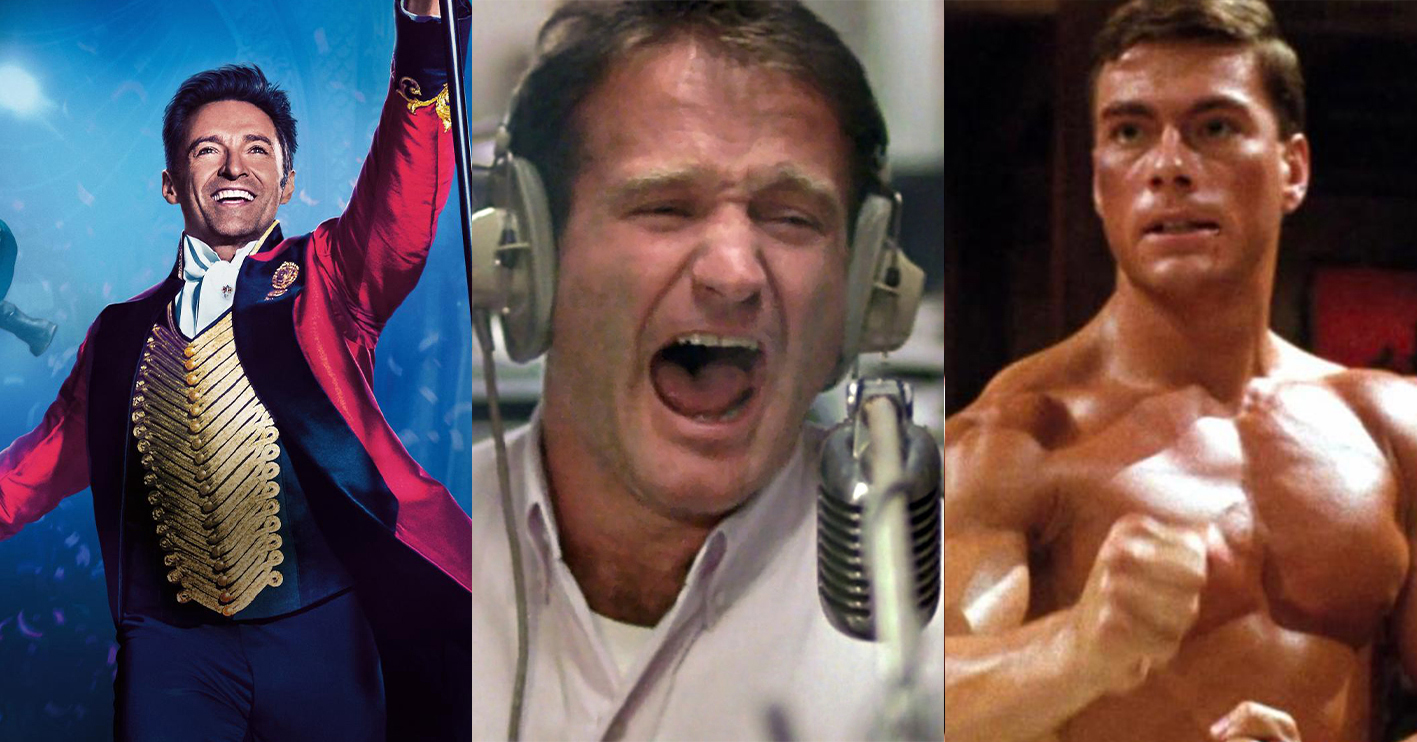We’ve all seen our share of movies that declare they’re based on a true story – but just how close to reality are they? A degree of artistic licence is to be expected with any retelling of real-life events, but there have been plenty of times when filmmakers have knowingly presented events that don’t remotely resemble the truth. Here are some films that presented themselves as factual, but which actually strayed very far into the realms of fiction.
25. Braveheart

Semi-disgraced Hollywood superstar Mel Gibson enjoyed a major career high with this 1995 historical war epic.
[rtk_adunit_top]
On top of directing the film himself, Gibson also took the lead role of 13th century Scottish revolutionary William Wallace.
Braveheart scooped the Oscars for Best Picture and Best Director, but it wouldn’t win too many awards for historical accuracy.
[rtk_adunit_middle]
For one thing, there’s no evidence that the jus primae noctis law (allowing kings carnal knowledge of new brides) ever existed.

For another, Wallace’s rebellion arose a mere year after England conquered Scotland, not after many years of English rule as the film suggests.
[rtk_adunit_bottom]
The iconic woad face paint, tartan and kilts worn in the battle scenes are completely wrong for that time period; and the name ‘Brave Heart’ itself was coined for Robert the Bruce, not Wallace.
24. Ed Wood
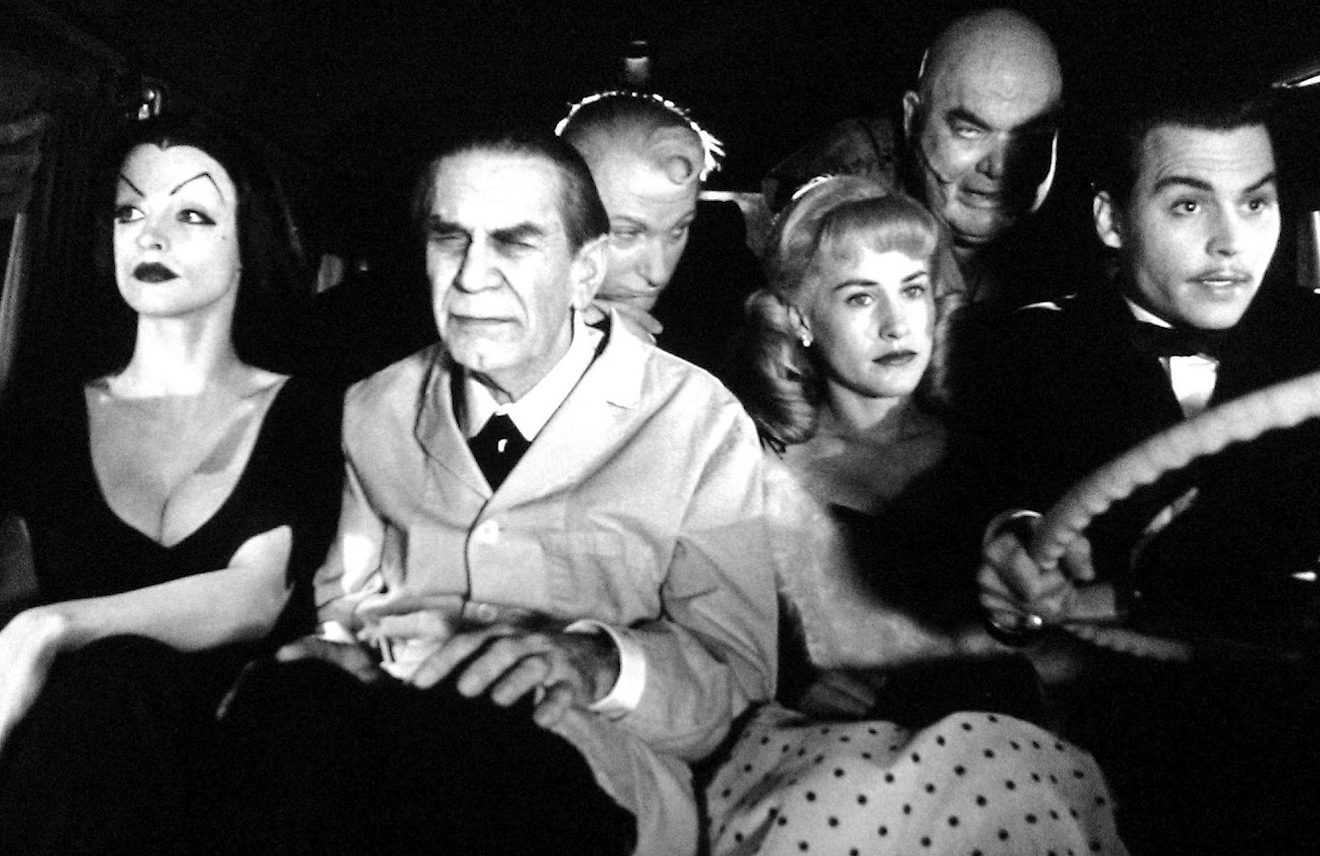
Tim Burton’s 1994 biopic of notorious B-movie filmmaker Edward D. Wood Jr. casts Johnny Depp in the title role.
[rtk_adunit_top]
The film boasts an illustrious cast including Martin Landau, who won the Best Supporting Actor Oscar for his portrayal of Bela Lugosi. Yet for all the praise Landau received, many who knew the iconic Dracula actor complained of inaccuracies.
Reportedly the real Lugosi never used swear words, never owned dogs, never slept in a coffin and had nothing but respect for his supposed rival Boris Karloff.
[rtk_adunit_middle]
Nor do Ed Wood’s historical liberties end there, as it’s been said that the real-life Dolores Fuller (Sarah Jessica Parker) was a far more pleasant person in real life.
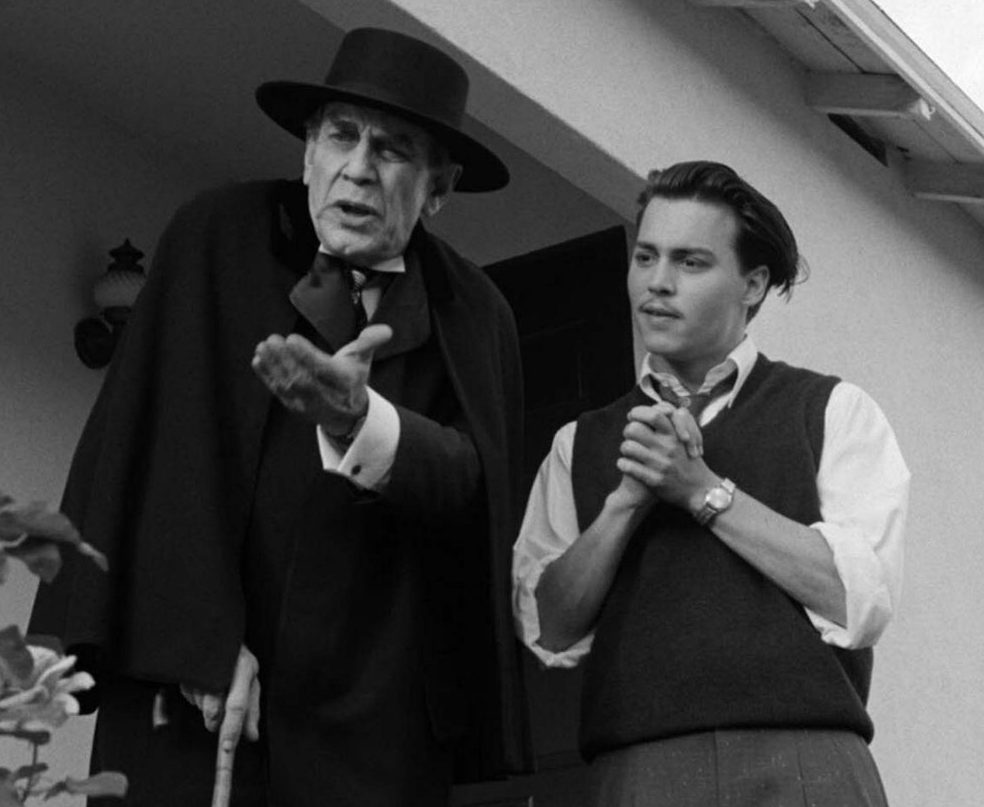
Wood himself was also said to have been a very different character, nowhere near as childlike and innocent as Depp portrays him.
[rtk_adunit_bottom]
Also, perhaps unsurprisingly, the fortuitous meeting depicted in the film between Wood and fellow filmmaker Orson Welles never actually happened.
23. Cool Runnings

Cool Runnings is fondly remembered as the last movie completed in the lifetime of the late, great John Candy.
[rtk_adunit_top]
The 1993 sports comedy claimed to tell the true story of the first-ever Jamaican bobsleigh team to compete in the Winter Olympics.
There’s plenty about the film that isn’t true to life, however – not least the fact that Candy’s character, disgraced Olympian-turned-coach Irv Blitzer, never existed.
[rtk_adunit_middle]
Cool Runnings doesn’t accurately re-enact the Jamaican team’s feats at the 1988 Calgary games either. The film shows the crowds and other teams initially being hostile toward the newcomers, when in truth they were happily welcomed.

The film shows the team being initially disqualified, with the judges persuaded to reverse their decision by Candy’s Blitzer. As Blitzer isn’t real, this obviously never happened – numerous parties called for the decision to be overruled, one of whom was Prince Albert of Monaco.
[rtk_adunit_bottom]
It also shows Calgary as being bitterly cold, when really it was a comfortable 16 °C at the time.
22. Good Morning, Vietnam

1987 comedy-drama Good Morning, Vietnam gave the sadly missed Robin Williams one of his greatest roles as Adrian Cronauer, an Armed Forces Radio DJ during the Vietnam war.
[rtk_adunit_top]
The film shows Cronauer’s outrageous comedy and use of popular music sparking outrage among the top brass, but winning him scores of fans among the troops.
As ever, the actual events were quite far removed from what wound up on-screen.
[rtk_adunit_middle]
The real-life Cronauer has said since that “[Williams] was playing a character named Adrian Cronauer who shared a lot of my experiences. But actually, he was playing Robin Williams.”
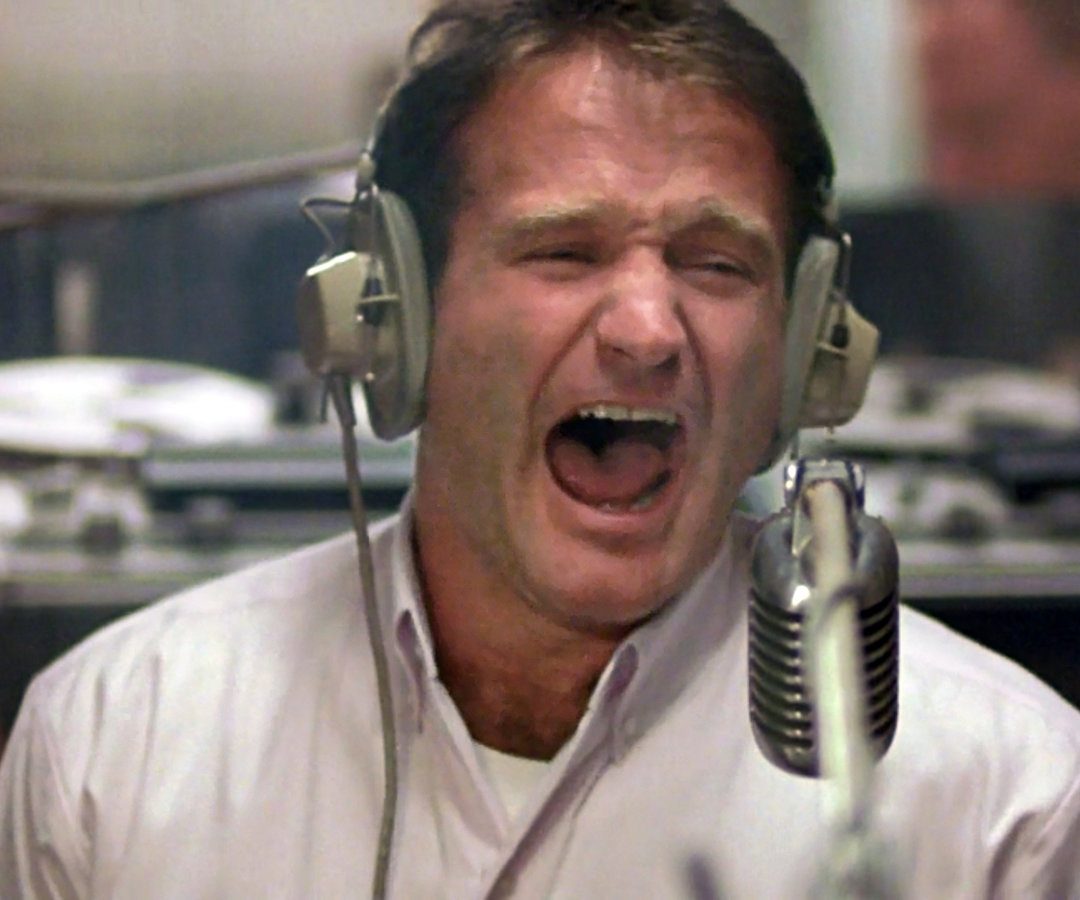
The man himself was not nearly so audacious nor, by his own admission, anywhere near as funny as Williams is in the film.
[rtk_adunit_bottom]
In addition, rather than being kicked out of the military as in the film, Cronauer was honourably discharged at the end of his tour of duty.
21. A Beautiful Mind
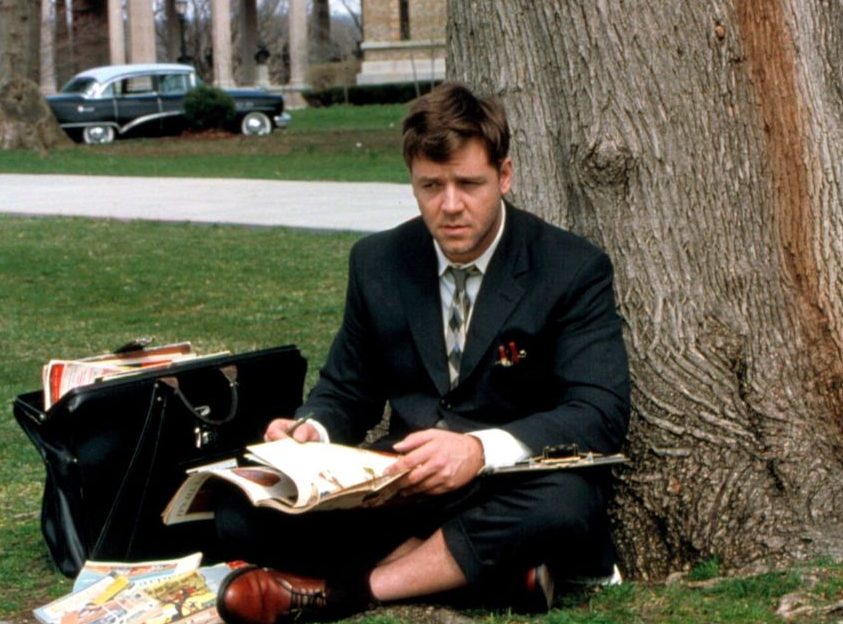
Director Ron Howard’s biopic of mathematician John Nash was a big winner at the 2002 Academy Awards.
[rtk_adunit_top]
A Beautiful Mind scooped the Oscars for Best Picture, Best Director for Ron Howard, Best Supporting Actress for Jennifer Connelly and Best Adapted Screenplay for Akiva Goldsman.
The film has attracted more than its share of criticism for being so liberal with the truth, however.
[rtk_adunit_middle]
A Beautiful Mind shows Russell Crowe‘s Nash working for an MIT lab that doesn’t actually exist, as well as working for the Department of Defense, which he never did.
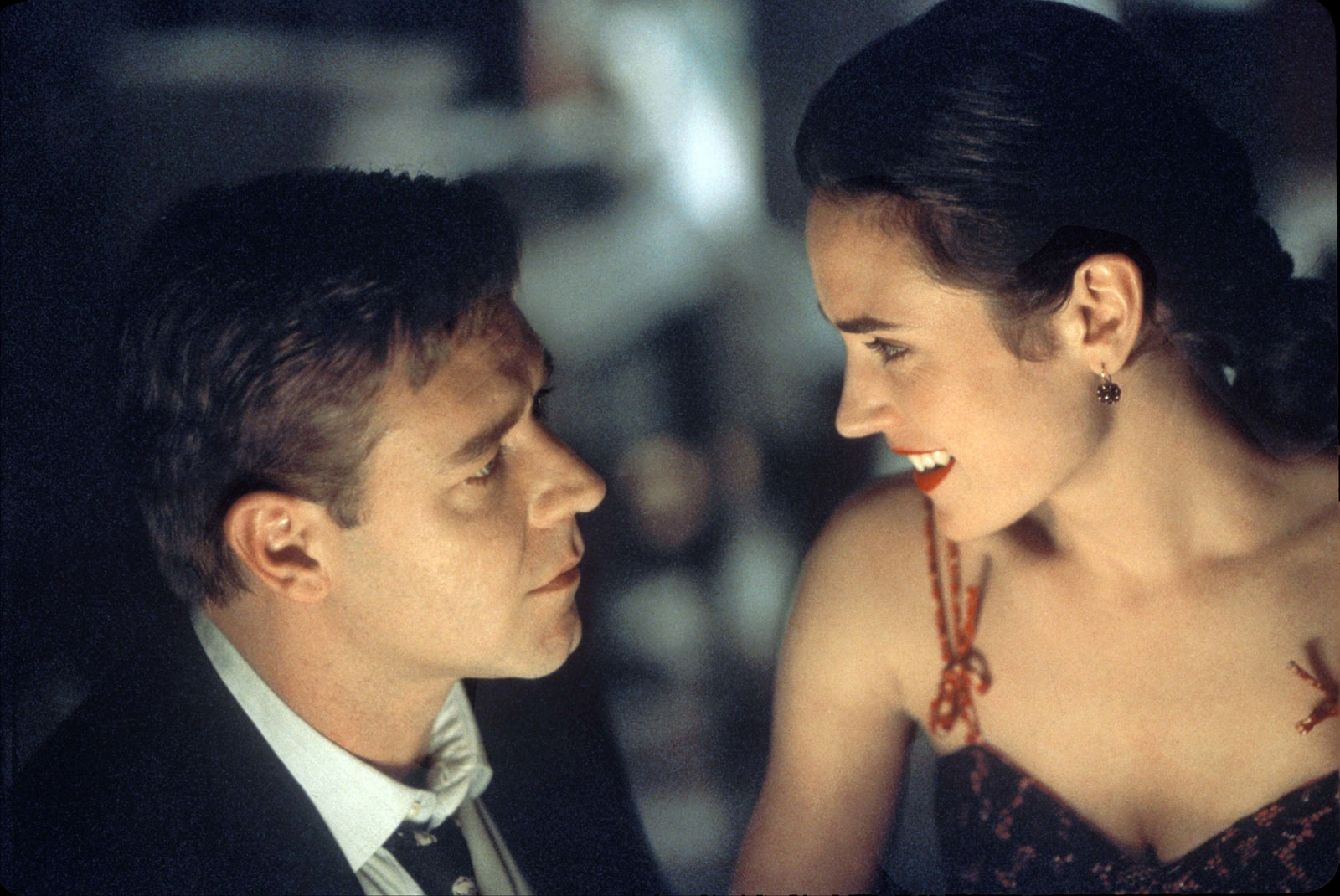
The film has also been criticised for white-washing, as Connelly’s character Alicia Nash was Salvadoran in real life.
[rtk_adunit_bottom]
Perhaps most controversially, we’re shown Nash suffering visual hallucinations in the form of imaginary friends, which is an entirely fictional device.
20. Stonewall
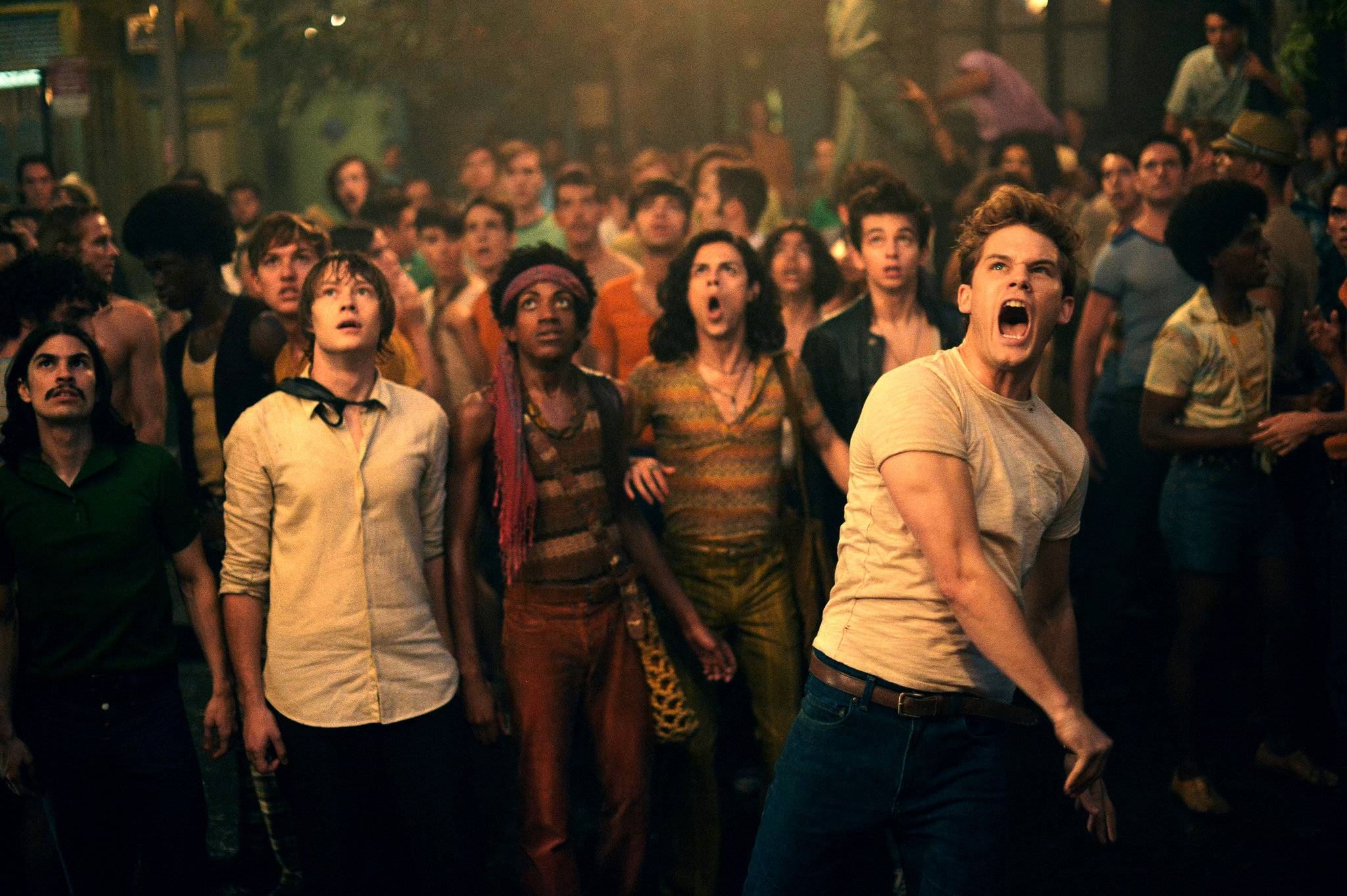
Blockbuster director Roland Emmerich (Independence Day) surprised many in 2015 by moving out of his comfort zone with Stonewall.
[rtk_adunit_top]
This fact-based movie is framed around the ground-breaking New York riots of 1969 which were a turning point for the gay rights movement.
As surprising a subject as it was for Emmerich, what really stunned critics was the film’s total disregard for the reality of what actually happened at the Stonewall Inn.
[rtk_adunit_middle]
The film shows Danny (Jeremy Irvine), a white country boy visiting New York, as the person who started the riot.
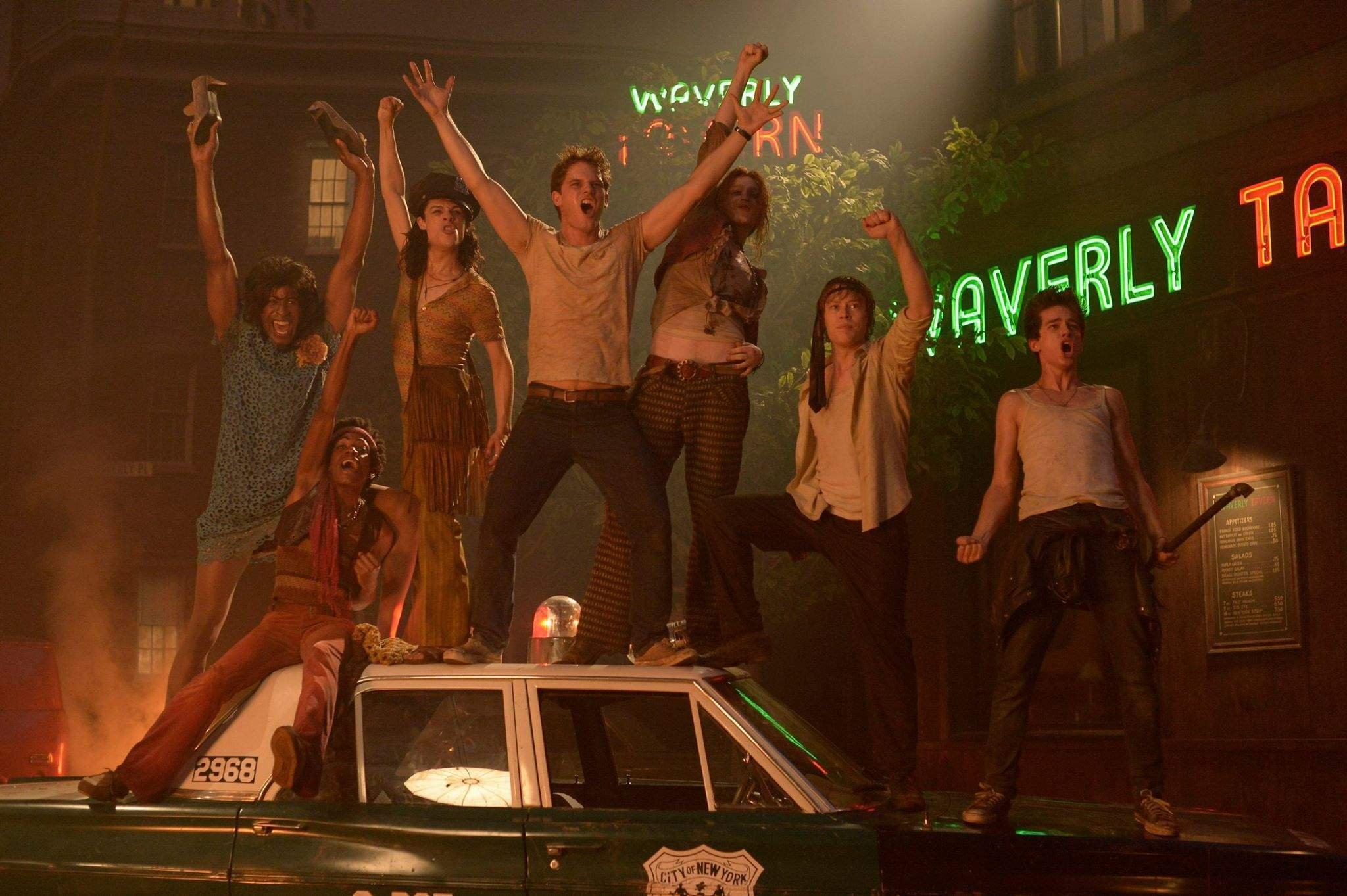
In reality, the first brick at Stonewall is generally thought to have been thrown by a black drag queen named Marsha P. Johnson.
[rtk_adunit_bottom]
Stonewall has also been blasted for completely diminishing the role that people of colour, gay women and trans people had to play in the real events.
19. Fire in the Sky
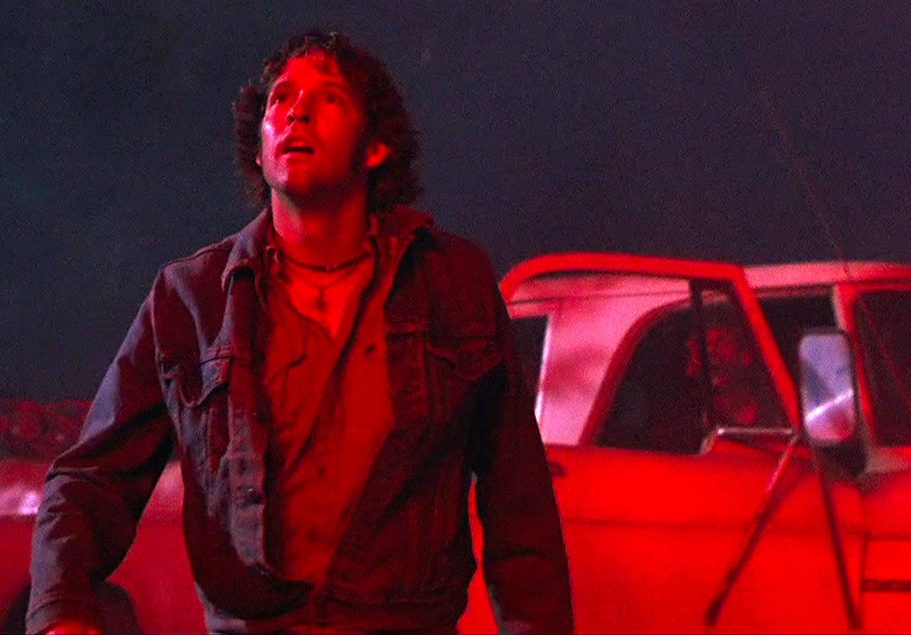
1993 drama Fire in the Sky is a direct adaptation of 1978 book The Walton Experience.
[rtk_adunit_top]
The book by Travis Walton is a supposed autobiographical account of his abduction by aliens in 1975.
As with any such allegedly true story, Walton’s account has been met with widespread scepticism.
[rtk_adunit_middle]
Indeed, Walton himself cast doubt on his claims in 2008 when he took a polygraph test on TV show The Moment of Truth, and the results ruled that his claims were a lie.
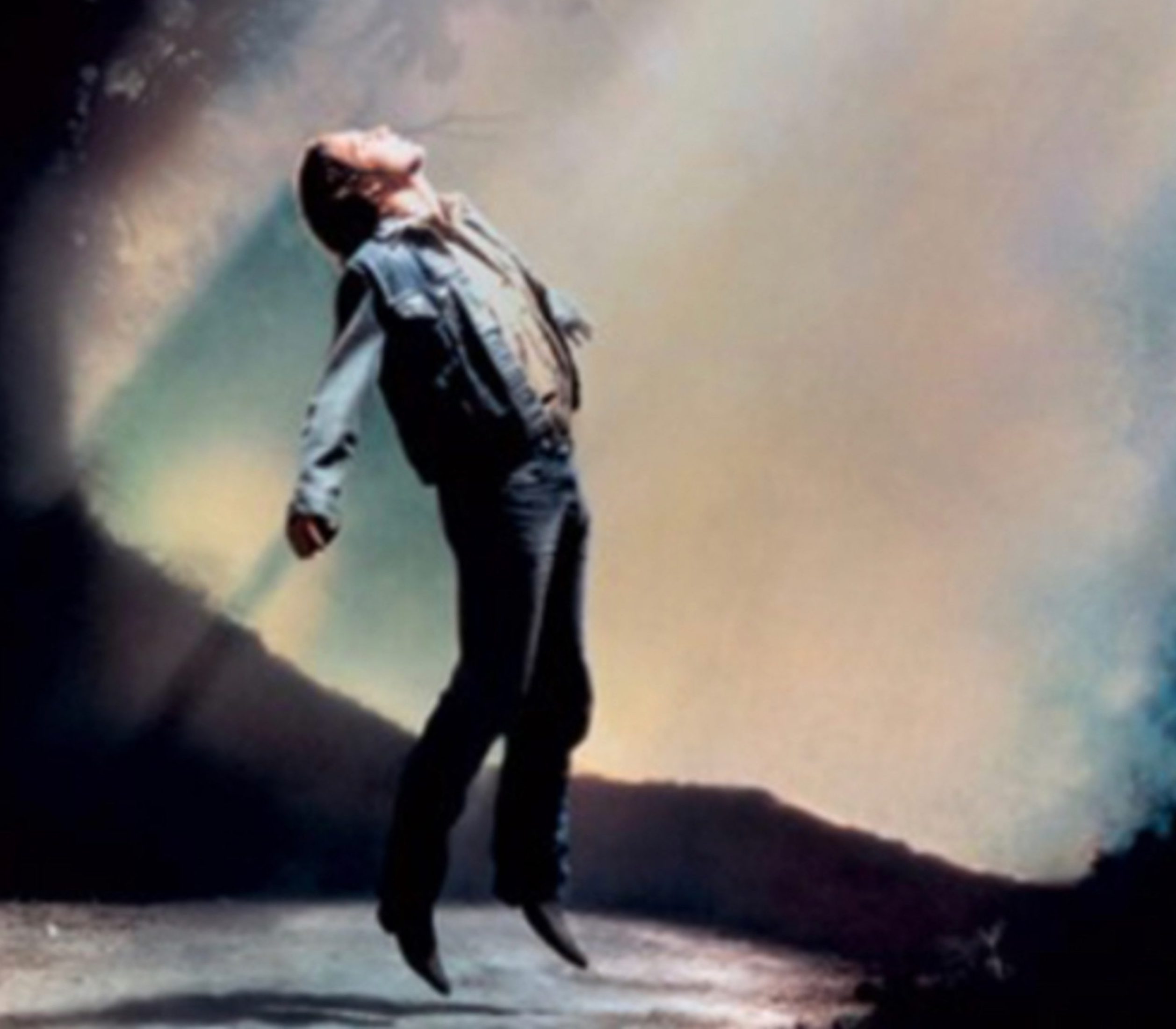
Yet even if we take Walton at his word, Fire in the Sky plays very fast and loose with the official story.
[rtk_adunit_bottom]
The film’s notoriously unpleasant abduction sequence bears almost no resemblance to Walton’s description of his own experience.
18. Fargo
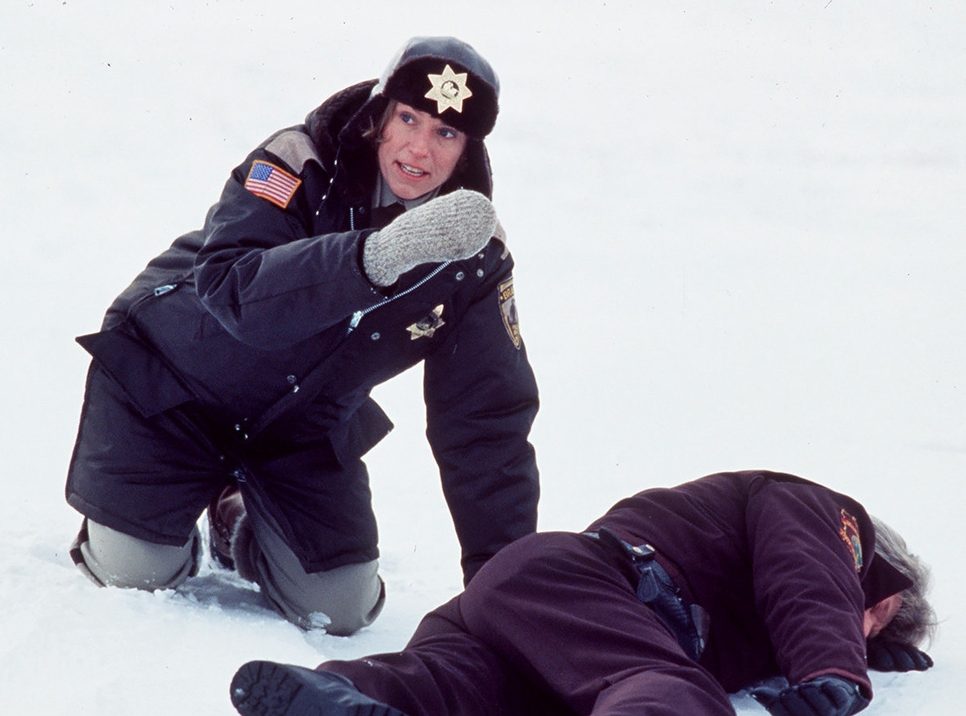
The case of Joel and Ethan Coen’s 1996 film Fargo is a little different from the others on this list.
[rtk_adunit_top]
The film opens with the text, ‘This is a true story. The events depicted in this film took place in Minnesota in 1987. At the request of the survivors, the names have been changed. Out of respect for the dead, the rest has been told exactly as it occurred.’
However, as the Coens freely admitted almost immediately, this was a bald-faced lie. No such events ever happened in reality.
[rtk_adunit_middle]
Indeed, if you watch all the way to the end of the credits, you’ll see the familiar closing disclaimer, ‘This is a work of fiction. Any similarity to actual persons, living or dead, or actual events, is purely coincidental.’
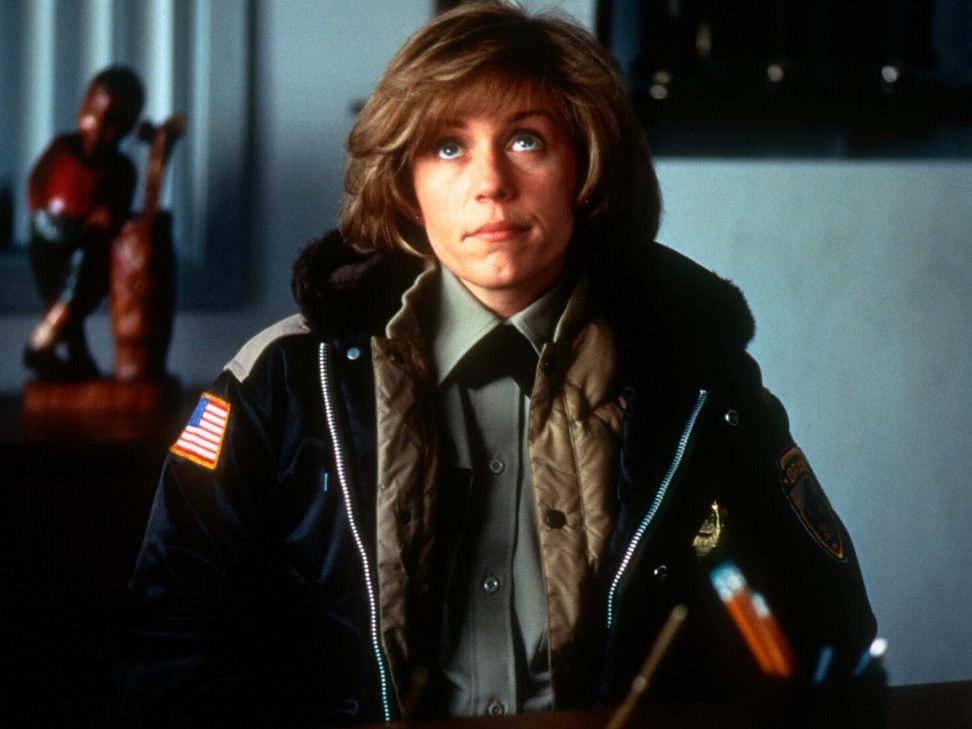
The quirky filmmaking siblings felt that making the audience believe the events of Fargo had actually happened would lend the film an edge it might have otherwise lacked.
[rtk_adunit_bottom]
This seems to have paid off, as Fargo saw the Coen Brothers win the Best Original Screenplay Oscar, as well as winning Frances McDormand her first of three Best Actress Oscars.
17. In the Name of the Father

Director Jim Sheridan’s 1993 drama In the Name of the Father is based around the shocking true story of the Guildford Four.
[rtk_adunit_top]
The film centres on Gerry Conlon (Daniel Day-Lewis), a young Irishman who was jailed along with his father Giuseppe (Pete Postlethwaite) on charges of bombing a pub.
While the film shows the Conlons being prosecuted based on falsified evidence as in reality, a great deal of artistic licence was taken.
[rtk_adunit_middle]
As the film centres on the relationship between Gerry and Giuseppe, we see father and son sharing a prison cell – but this did not actually happen.
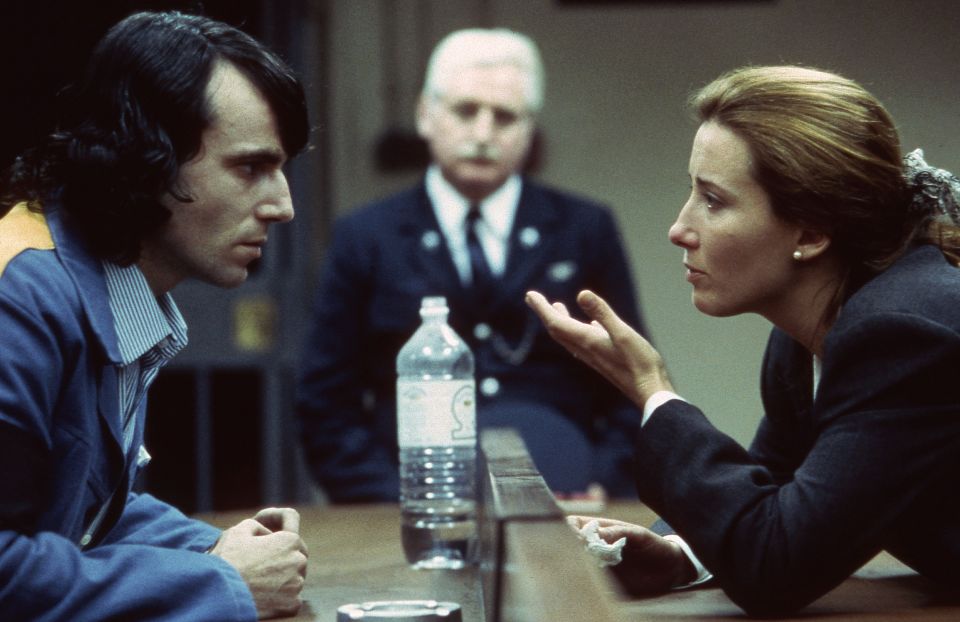
Additionally, the film ends on a sensational courtroom drama sequence which sees the case against the Guildford Four dismissed, but events did not play out this way. Nor did Gareth Pierce (Emma Thompson) represent Gerry Conlon in court; as solicitor rather than a barrister, she would not have legally been able to do so.
[rtk_adunit_bottom]
Initial posters for the film reading ‘a true story from the director of My Left Foot’ had to be withdrawn after threats of legal action; subsequent posters were amended to read, ‘based on a true story.’
16. The Greatest Showman

This 2017 musical based on the life of legendary circus ringmaster P.T. Barnum proved an unexpectedly big hit, giving Hugh Jackman’s career a new lease of life post-Wolverine.
[rtk_adunit_top]
As a musical, The Greatest Showman obviously gives us a very heightened and stylised version of events as they transpired in the late 1800s.
Even so, the film’s portrayal of Barnum as a kindly, progressive-minded family man is by all accounts a stretch.
[rtk_adunit_middle]
First off, Jackman’s a little young for the part, as the real Barnum didn’t get into the circus business until his 60s.
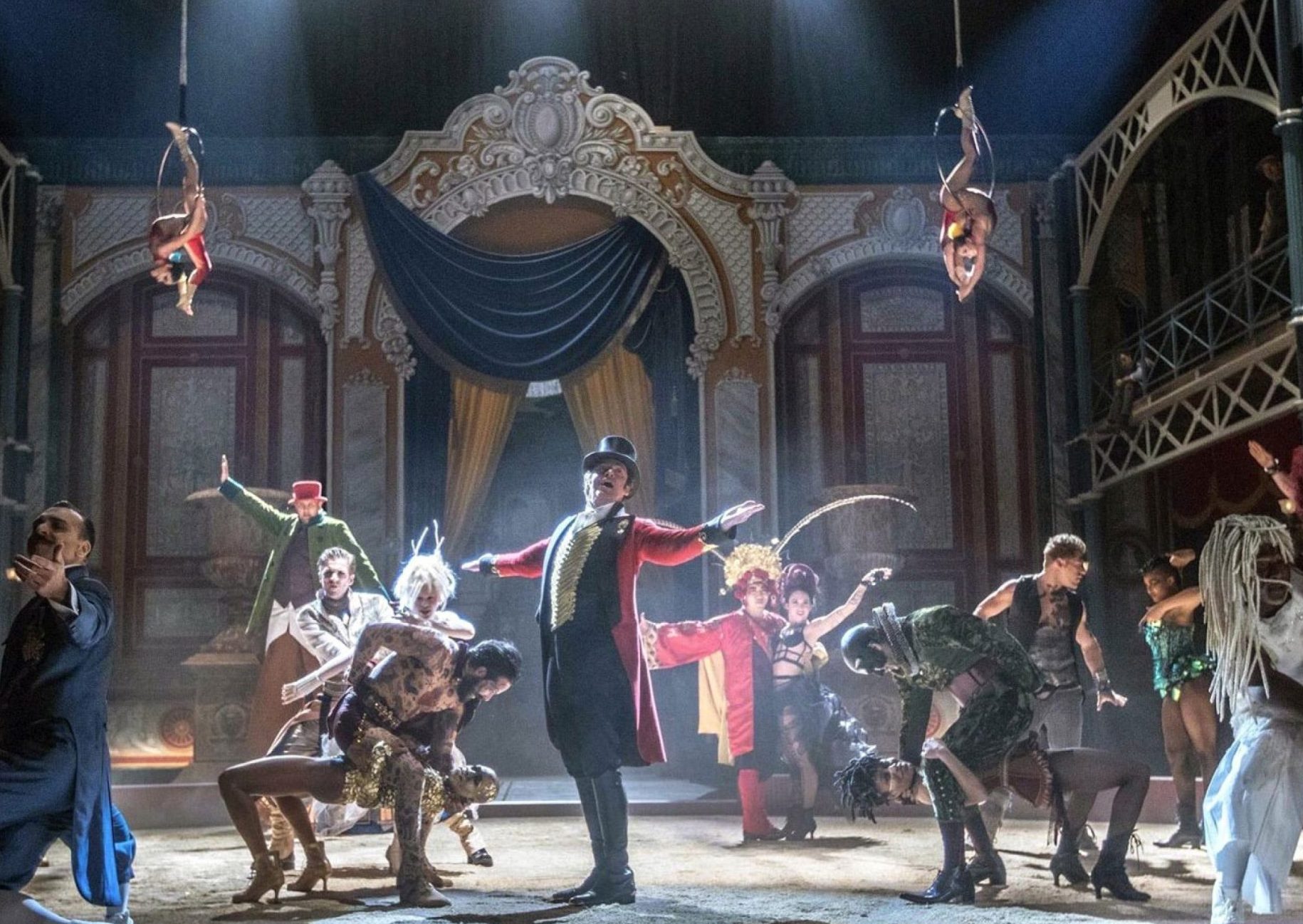
More pertinently, Barnum isn’t thought to have been anywhere near as warm and friendly toward his ‘freaks’ as the movie suggests.
[rtk_adunit_bottom]
The film’s hint of extra-marital romance with singer Jenny Lind is pure fiction, while the characters played by Zac Efron and Zendaya are also entirely fictional. Barnum did, at least, wear a hat!
15. Bloodsport
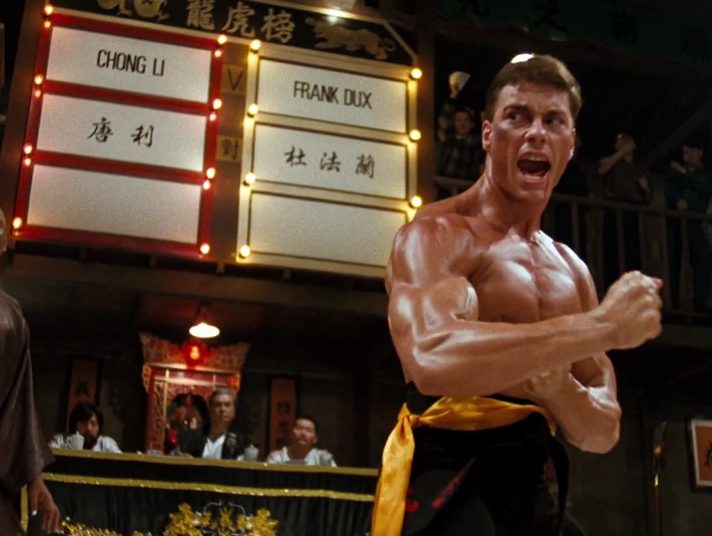
1988 action movie Bloodsport casts Jean-Claude Van Damme as real-life martial artist Frank Dux.
[rtk_adunit_top]
The movie shows Dux as a US soldier who temporarily goes AWOL to fight in a top secret martial arts tournament, the Kumite.
A series of title cards at the end of the movie inform us that the story is true, and list an impressive sheet of fight records attributed to the real-life Frank Dux.
[rtk_adunit_middle]
In the years since, however, all of Dux’s outlandish claims have been widely dismissed as fraudulent.

According to martial arts experts, there’s no absolutely evidence that the Kumite or any event like it has ever existed.
[rtk_adunit_bottom]
Nor are there any official records to back up Dux’s claims of his own achievements as a martial artist, leaving most to conclude he simply made them up.
14. The Revenant

Director Alejandro G. Iñárritu’s 2015 survival drama made headlines for its reportedly agonising shoot, and proved to be a major awards magnet.
[rtk_adunit_top]
Leonardo DiCaprio’s performance as Hugh Glass finally won him the Best Actor Oscar, after three nominations (as well as a Best Supporting Actor nomination).
The Revenant also won the Best Director Oscar for Iñárritu, and Best Cinematography for Emmanuel Lubezki – but once again, it didn’t win much favour from historians.
[rtk_adunit_middle]
The film’s key plot point of Glass seeking vengeance for his son’s murder was pure fantasy, as the real Glass had no children.

In addition, while the real Glass did indeed pursue John Fitzgerald (Tom Hardy), he never actually caught him. In reality, Glass gave up the chase on learning that Fitzgerald had joined the US Army.
[rtk_adunit_bottom]
Even so, the part of The Revenant which seems the most far-fetched – the fight with the bear – really did happen.
13. The Perfect Storm
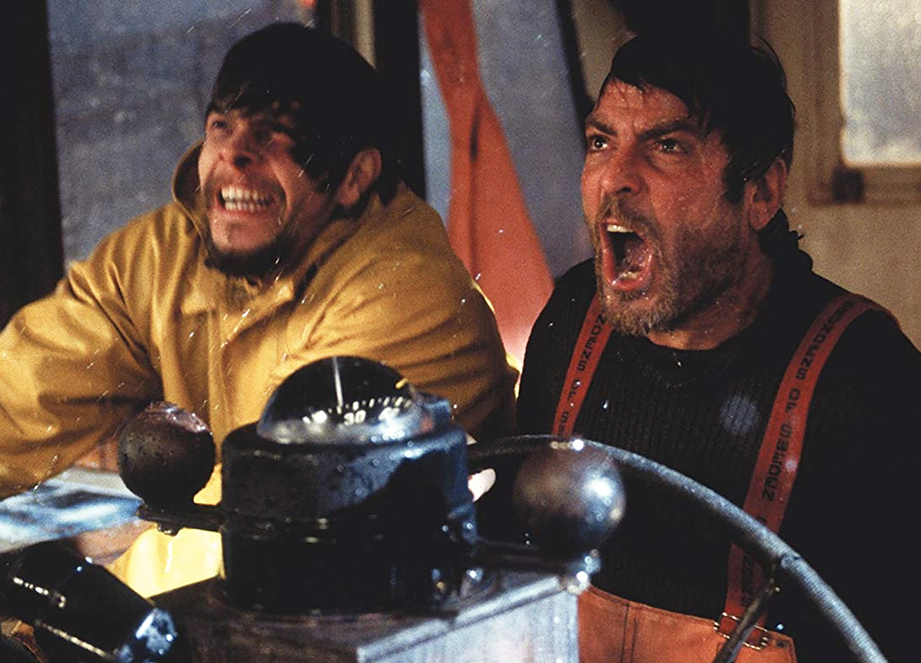
Director Wolfgang Petersen’s 2000 disaster-drama stars George Clooney and Mark Wahlberg as two real-life sailors aboard fishing boat the Andrea Gail who were lost at sea in the so-called Perfect Storm of 1991.
[rtk_adunit_top]
No one survived the sinking of the Andrea Gail, and the film is adapted from Sebastian Junger’s ‘creative nonfiction’ book chronicling the events. As such, it’s clear that a great deal of artistic licence and flat-out guess work went into this one.
Nonetheless, the film uses the real names of the people involved, and this proved to be an issue for the filmmakers.
[rtk_adunit_middle]
Legal action was taken against the producers by the families of Captain Tyne (portrayed by Clooney) and Dale Murphy (played by John C. Reilly) over their portrayal in The Perfect Storm.
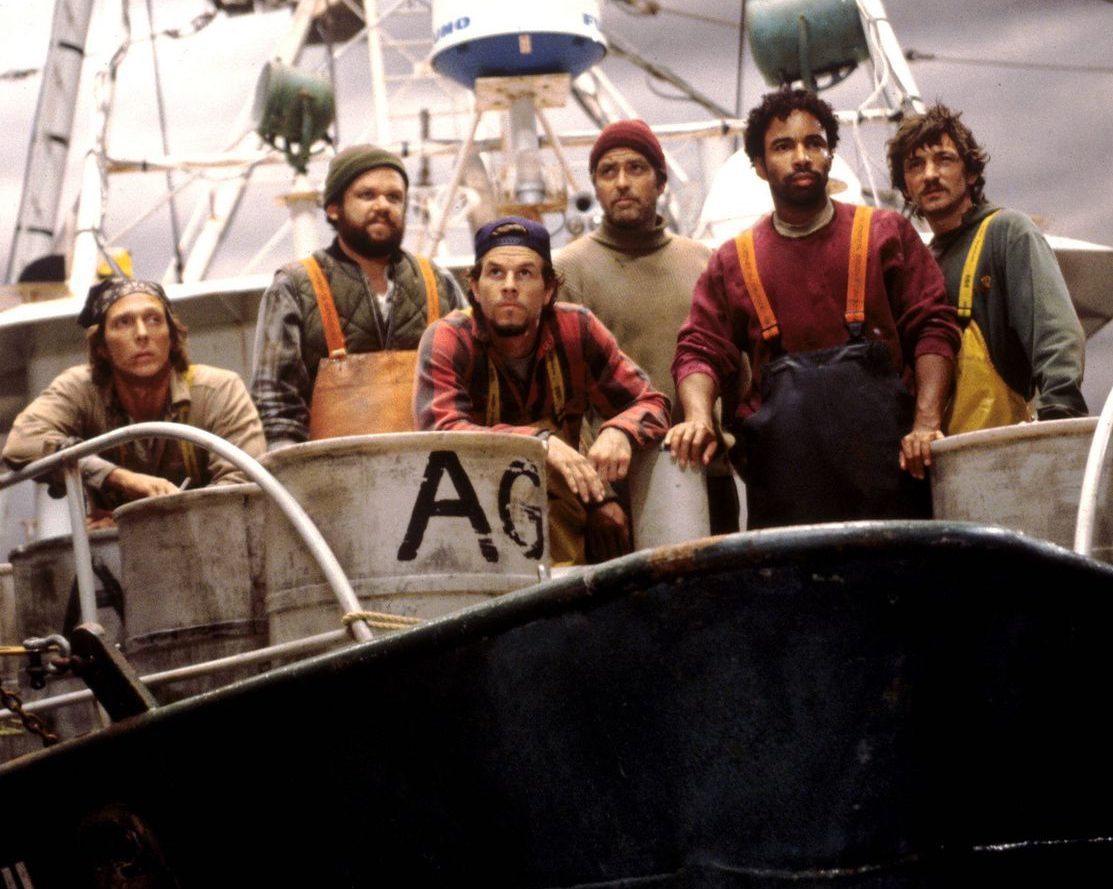
Tyne’s widow complained that the film made her late husband appear “unprofessional, unseaworthy, and incompetent.”
[rtk_adunit_bottom]
The lawsuits were ultimately thrown out by both the District and Supreme Courts of Florida.
12. Dallas Buyers Club
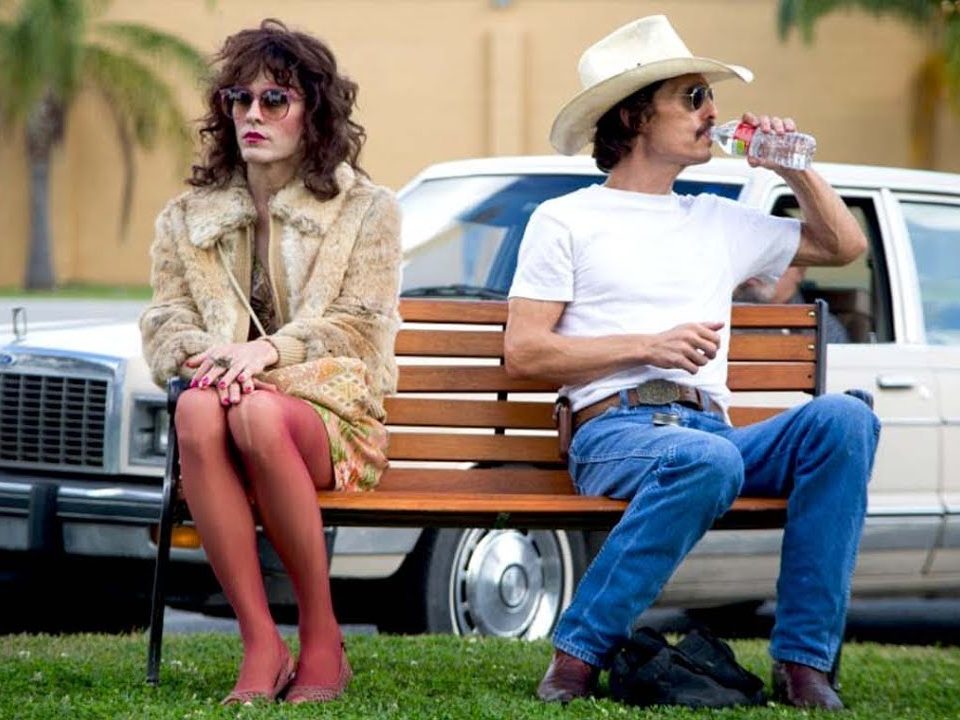
2013 drama Dallas Buyers Club was (along with TV’s True Detective) a pivotal step in the ‘McConaissance,’ re-establishing Matthew McConaughey as a serious dramatic actor and a major Hollywood player.
[rtk_adunit_top]
McConaughey landed the Best Actor Oscar for the movie, whilst co-star Jared Leto was named Best Supporting Actor.
McConaughey’s character Ron Woodruff was a real person who illegally distributed experimental AIDS medication whilst suffering from the deadly condition himself – but a great deal else in the movie is pure fiction.
[rtk_adunit_middle]
For one, neither Leto’s trans woman Rayon nor Jennifer Garner’s Dr. Eve Saks actually existed.
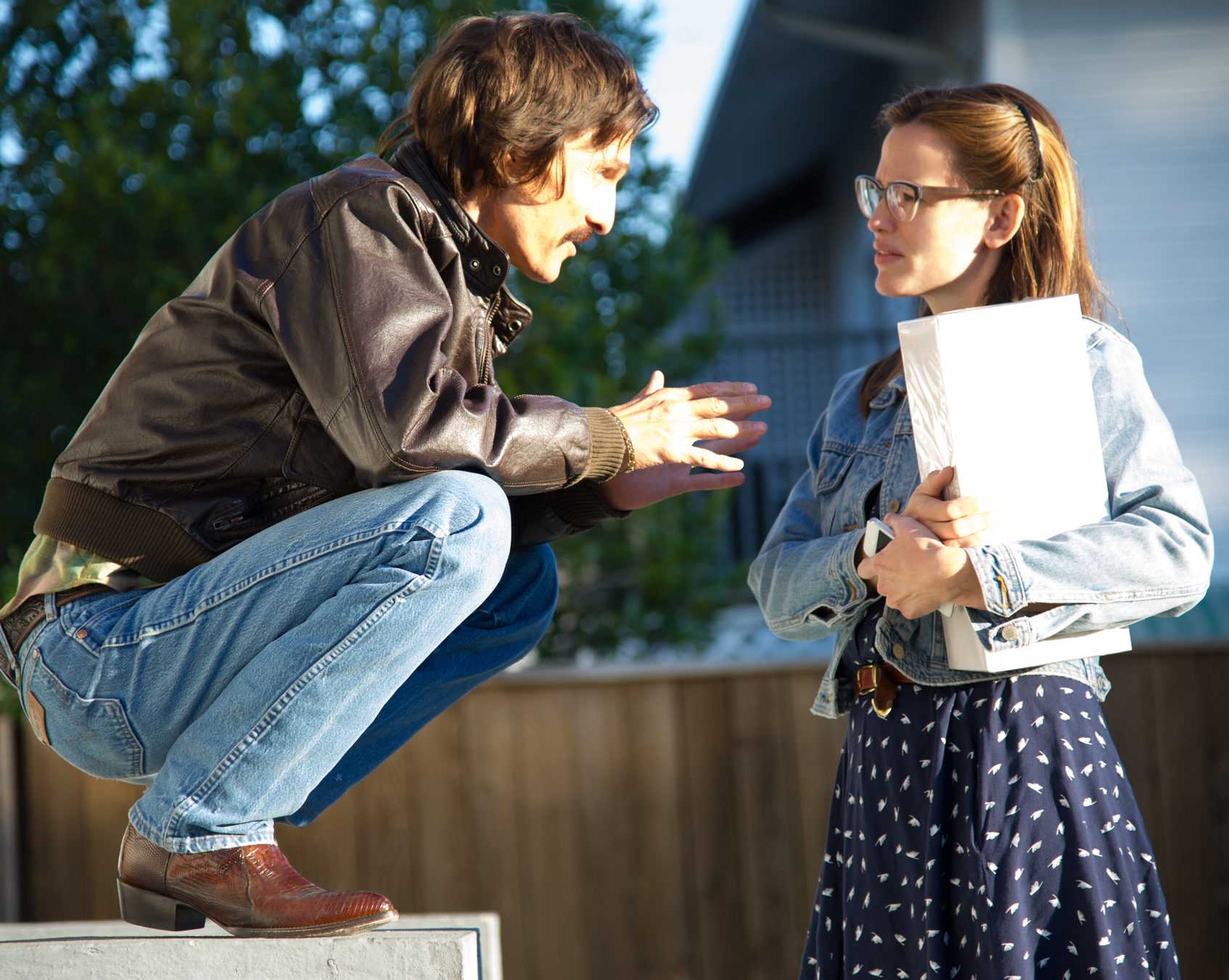
For another, Ron Woodruff had never actually been a competitive rodeo rider in real life.
[rtk_adunit_bottom]
The film also paints Woodruff as a belligerent misogynist and homophobe, but there’s no evidence that the man himself had such attitudes.
11. Hidalgo
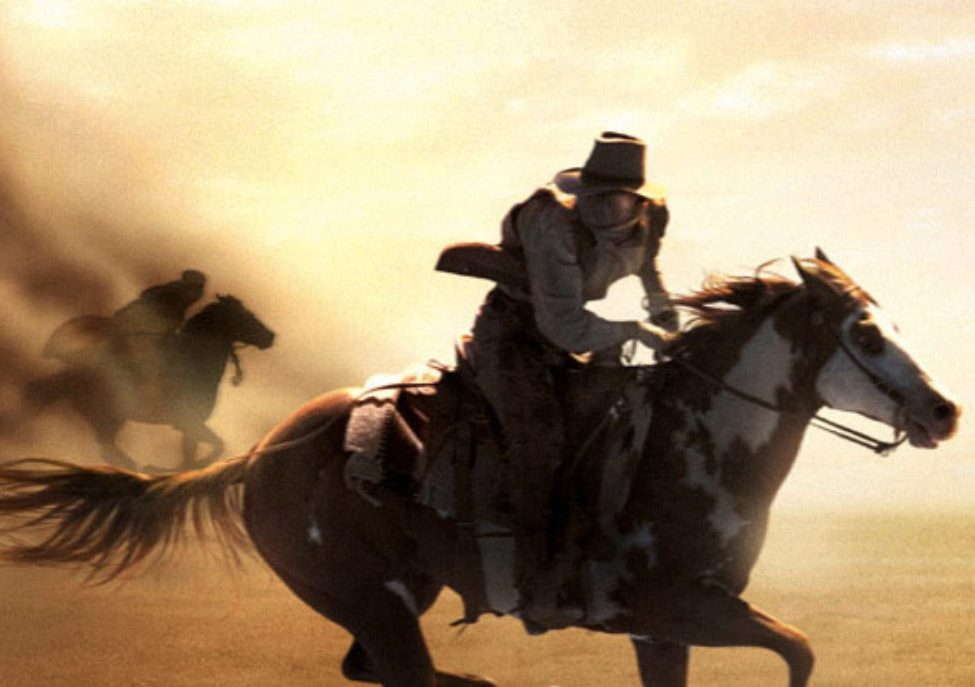
2004 period drama Hidalgo casts Viggo Mortensen as Frank T. Hopkins, a real-life rider who enjoyed a high profile career with his horse named Hidalgo.
[rtk_adunit_top]
Director Joe Johnston’s film recounts the story of Hopkins and Hidalgo participating in a punishing 3,000 mile race across Arabia.
However, not unlike Frank Dux of Bloodsport, the real Frank T. Hopkins is widely regarded by most historians as a charlatan.
[rtk_adunit_middle]
Research into Hopkins has rubbished the man’s claims that he served in the US Calvary and was friends with the famed Buffalo Bill.
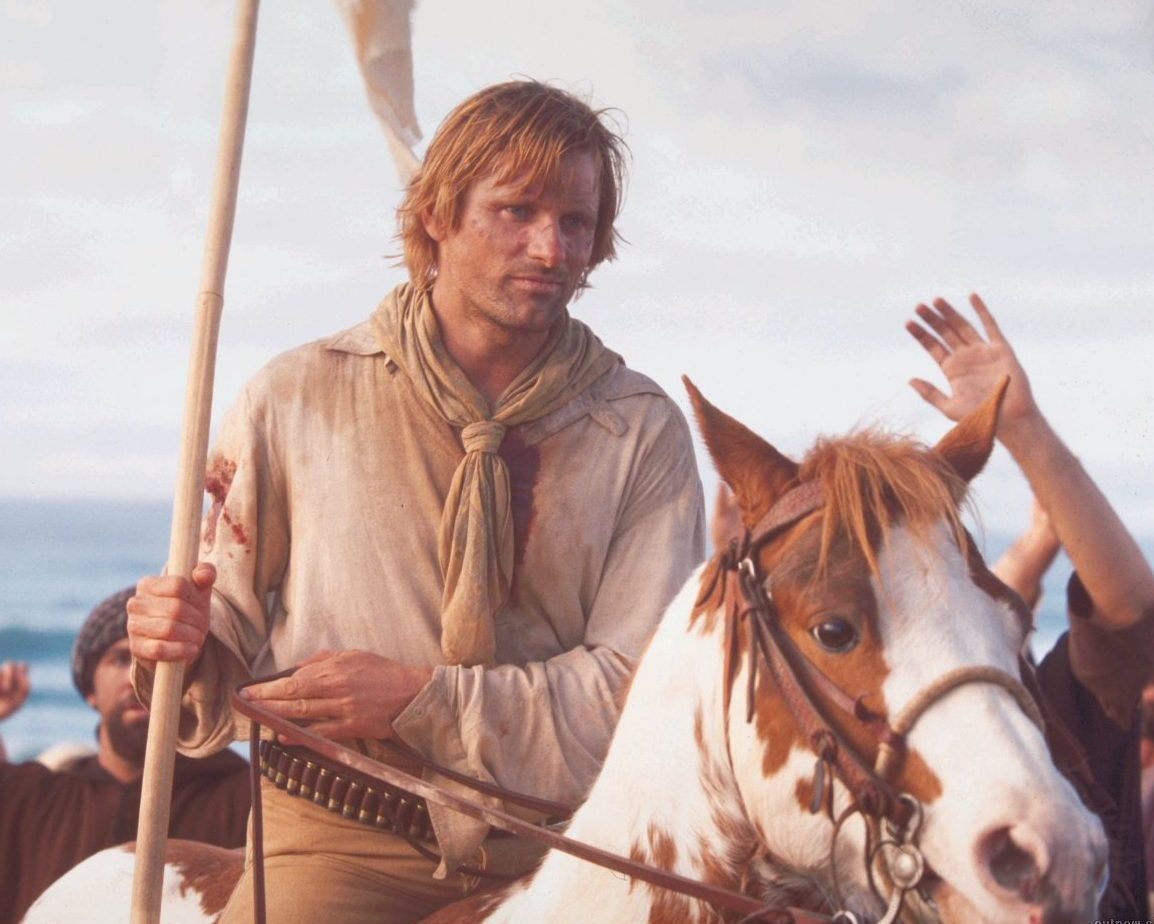
Most damningly of all, there’s no evidence that the pivotal Ocean of Fire desert race itself ever actually existed.
[rtk_adunit_bottom]
All this meant that when the movie Hidalgo was promoted as a true story, the film and its makers soon incurred a great deal of mockery.
10. The Doors

When Oliver Stone’s rock biopic The Doors was released in 1991, audiences were blown away by Val Kilmer’s physical and vocal resemblance to the band’s late frontman Jim Morrison.
[rtk_adunit_top]
However, many of those who knew Morrison (including his surviving bandmates) were less than impressed with the movie overall.
The Doors takes many liberties, misrepresenting certain key events including the band’s groundbreaking performance on TV’s Ed Sullivan Show, and Morrison’s iconic bare-chested photo shoot (in the movie the photographer is played by Mimi Rogers, but in reality the shots were taken by a man).
[rtk_adunit_middle]
More pertinently, friends of Morrison feel the character as played by Kilmer was all wrong. Keyboardist Ray Manzarek blasted the film’s portrayal of Morrison as “ridiculous… the guy I knew was not on that screen.”
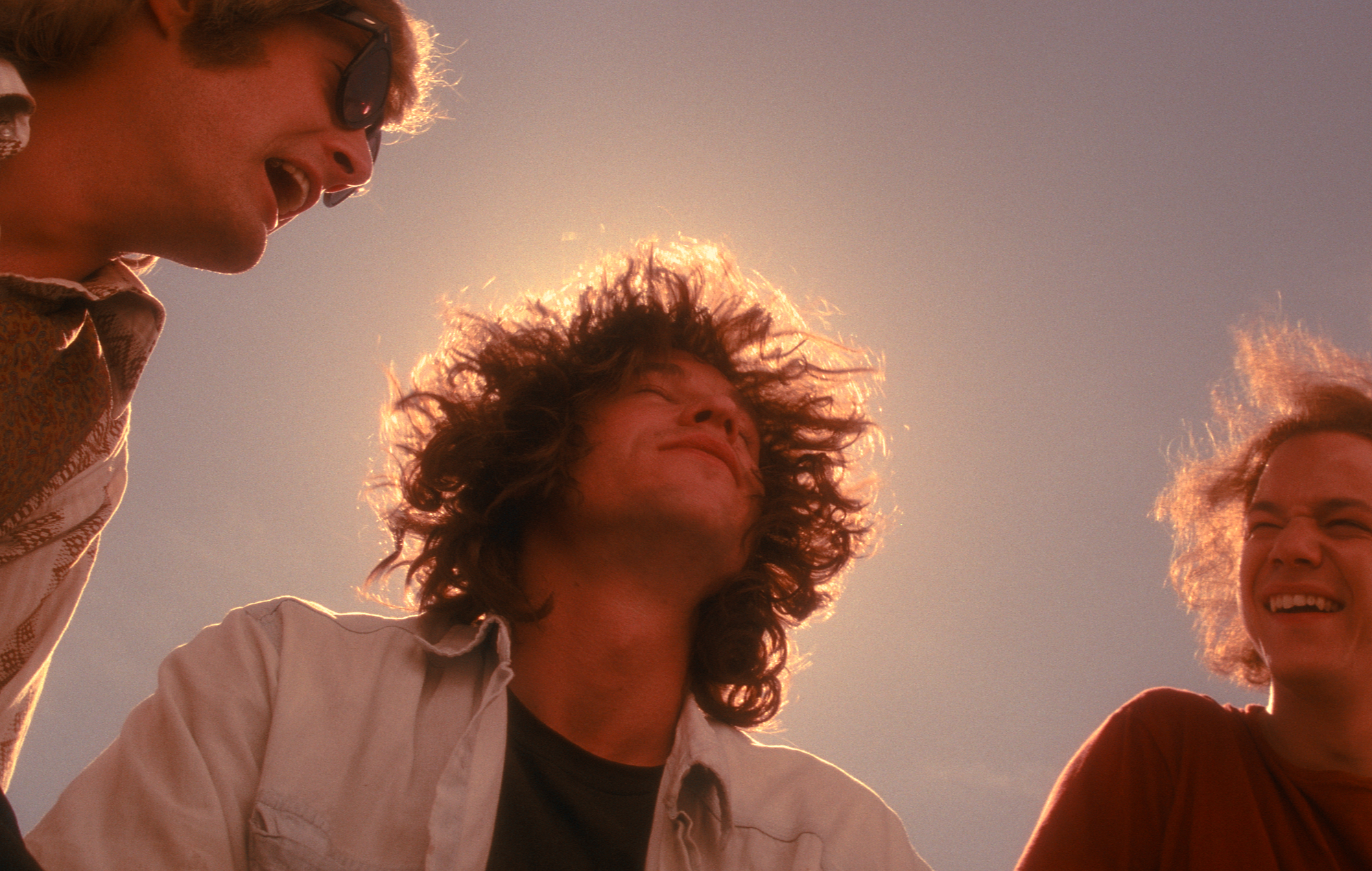
According to the surviving members of The Doors, the film over-emphasised the hard-drinking side of Morrison’s life, and overlooked “the sensitive poet and the funny guy” he really was.
[rtk_adunit_bottom]
The film has also been accused of exaggerating Morrison’s aggression; a number of scenes in which the singer is portrayed as violent have been disputed.
9. Pocahontas

As a Disney animated movie, no one would expect Pocahontas to be a 100% realistic take on the true story of the famous Native American. After all, there’s a talking grandma-tree in the supporting cast.
[rtk_adunit_top]
Still, the 1995 story based around the life of the 17th century Powhatan woman has long been blasted for taking massive liberties with the truth.
https://www.youtube.com/watch?v=hpVNsegX94g
The film portrays Pocahontas as a beautiful, strong young woman who meets and falls in love with the English explorer John Smith.
[rtk_adunit_middle]
In reality, Pocahontas was only 10 or 11 years old when Smith (28 at the time) came to America, and there is no evidence that they were in love. It’s also disputed as to whether or not she saved his life.

Even the name ‘Pocahontas’ itself was not her true given name, but a nickname meaning a spoiled or naughty child. Her real name was Matoaka, and she was held hostage by colonists for over a year before she agreed to marry Englishman John Rolfe in order to gain her freedom.
[rtk_adunit_bottom]
Rolfe then took her back to England, where she died before her 21st birthday. That’s not a story that particularly screams ‘Disney,’ so it’s hardly surprising they embellished the tale.
8. Pain & Gain
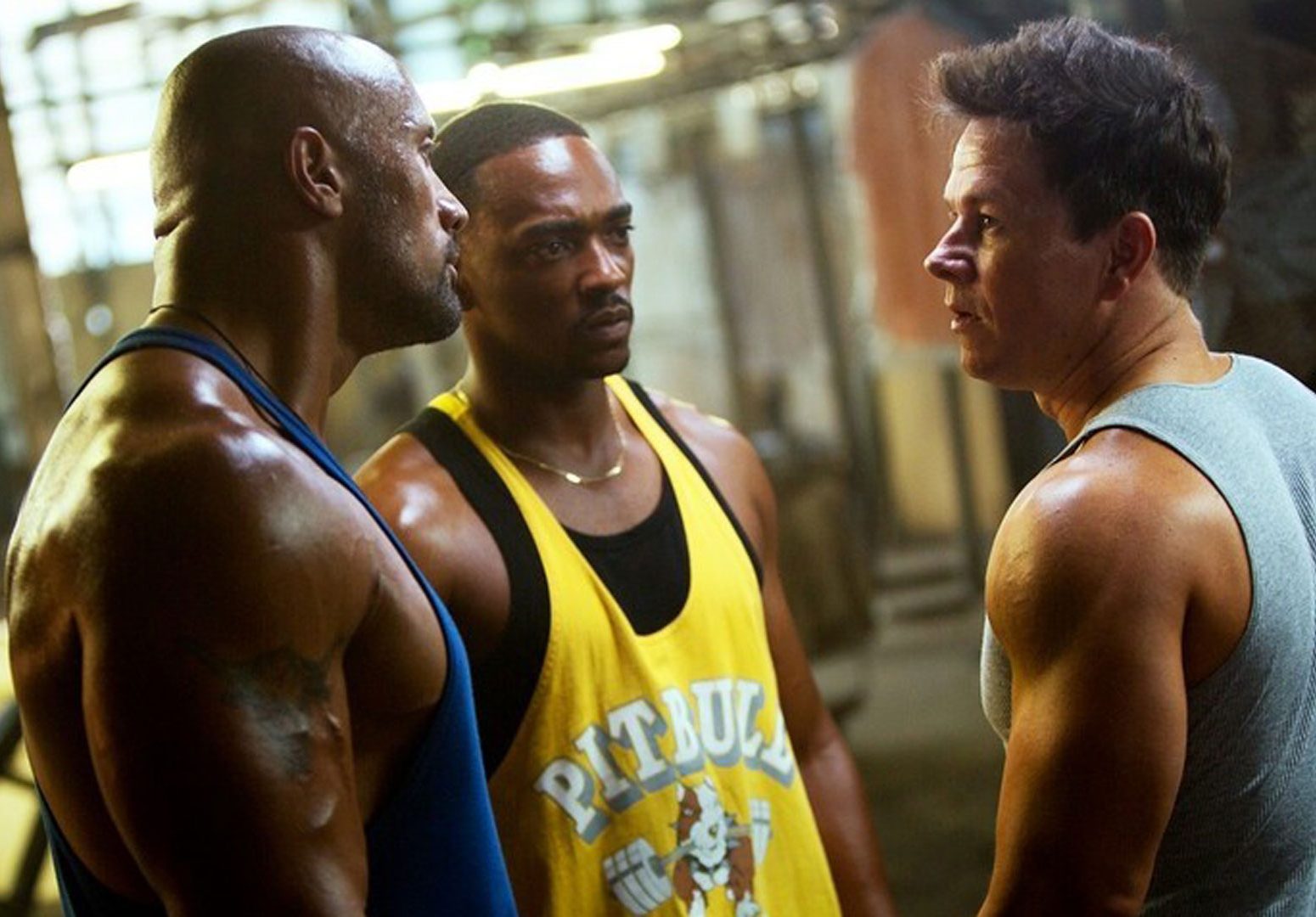
The most uncharacteristic entry on the resumé of director Michael Bay, 2013’s Pain & Gain casts Mark Wahlberg, Dwayne Johnson and Anthony Mackie as a trio of bodybuilders who make an ill-advised sidestep into crime.
[rtk_adunit_top]
While the core of the story (bodybuilders turn to kidnapping in hopes of getting rich) is broadly accurate, the film strays quite far from the reality.
As played by Wahlberg, ringleader Daniel Lugo is made out to be a dimwit who quickly finds himself out of his depth, when in truth Lugo is said to have been a far shrewder character who had successfully run scams before the kidnapping fiasco.
[rtk_adunit_middle]
Mackie’s Noel Dorbal is also said to have been very different in reality – a brutal and sadistic character far removed from the comparatively meek man shown in the film.

Johnson’s Paul Doyle, meanwhile, is an entirely fictional character, broadly modelled on three other men involved in the scheme.
[rtk_adunit_bottom]
Pain & Gain also caused some upset for portraying events from recent history as black comedy, with the families of those murdered by Lugo and company angered by the film’s efforts to make the killers seem sympathetic.
7. The Amityville Horror
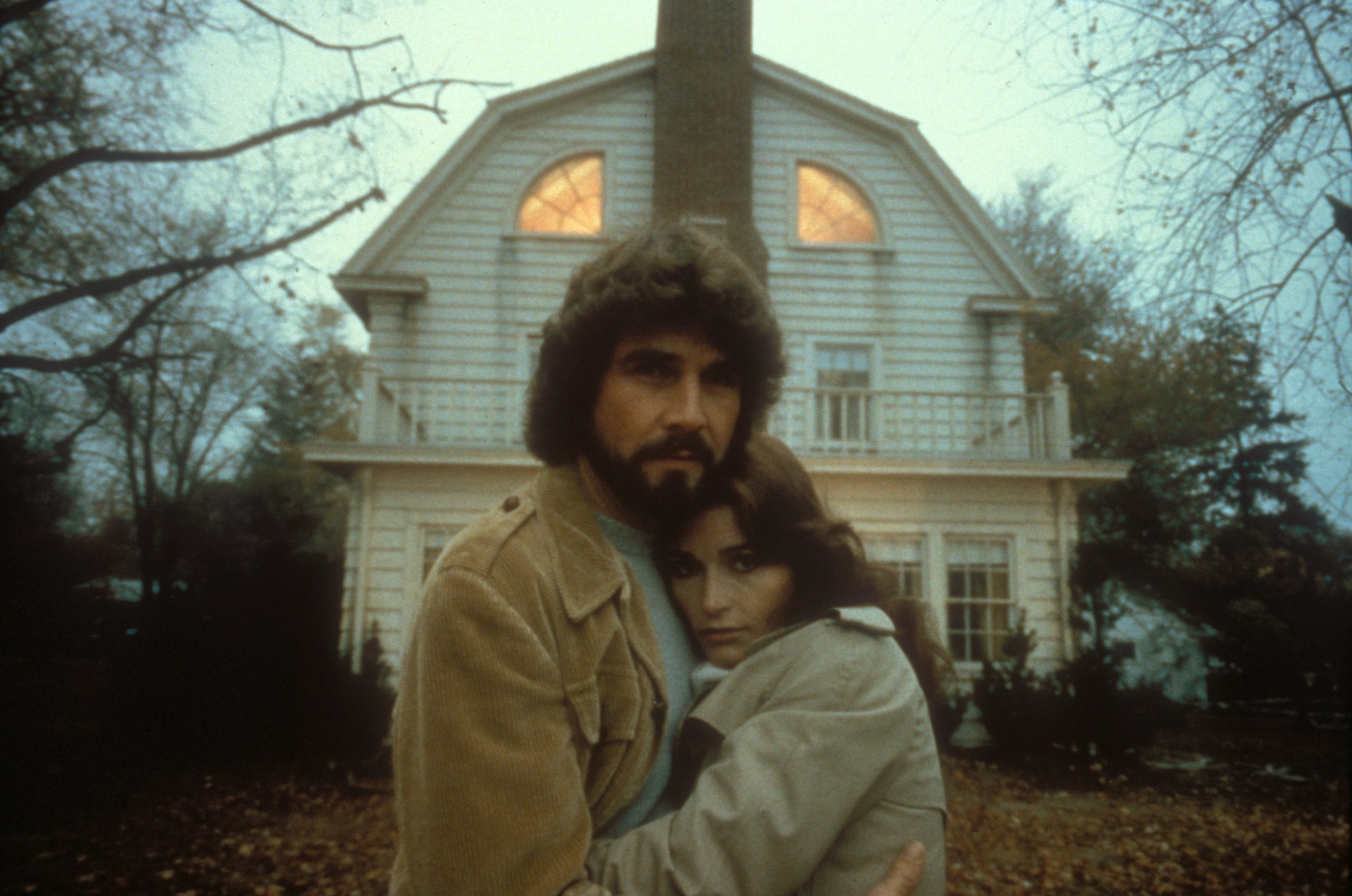
This 1979 horror hit starring James Brolin, Margot Kidder and Rod Steiger kick-started an enduring franchise, and is one of the most famous titles in haunted house movies.
[rtk_adunit_top]
On top of its strong casting, The Amityville Horror had a particular edge thanks to its reported basis in fact.
Adapted from Jay Anson’s 1977 nonfiction book of the same name, The Amityville Horror deals with the alleged experiences of paranormal activity endured by a family who moved into a house in Amityville, New York.
[rtk_adunit_middle]
It is true that the house in question had previously been owned by Ronald De Feo Jr., who murdered his his family there.
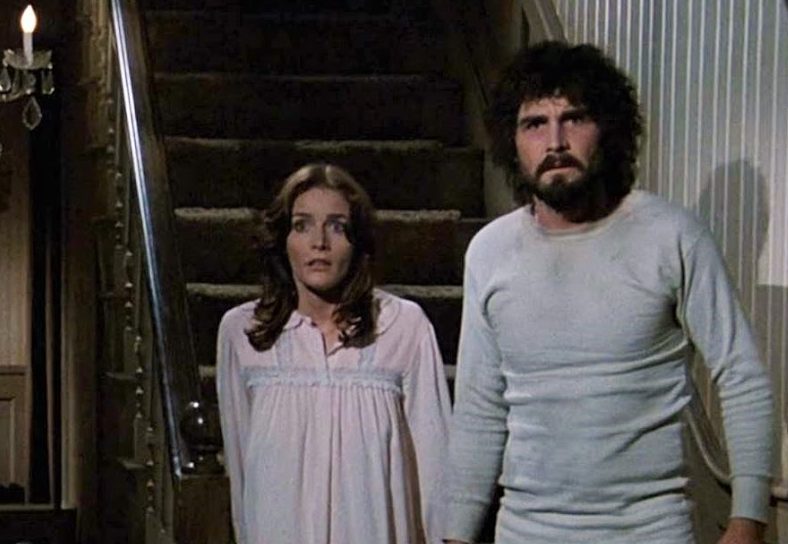
As for any subsequent supernatural experiences in the house, there isn’t much in the way of persuasive evidence.
[rtk_adunit_bottom]
Several lawsuits were taken out over the original book, with author Jay Anson ultimately admitting to blowing some things out of proportion.
6. Enemy at the Gates

Director Jean-Jacques Annaud’s 2001 war drama casts Jude Law as Vasily Zaitsev, a Russian Army sniper during the Second World War.
[rtk_adunit_top]
The film is adapted from 1973 nonfiction book detailing the events around The Battle for Stalingrad.
That being said, the version of events as shown in the movie is heavily fictionalised.
[rtk_adunit_middle]
Law’s character takes the name of a real-life World War II sniper, but basically everything else about him is entirely the invention of the filmmakers.
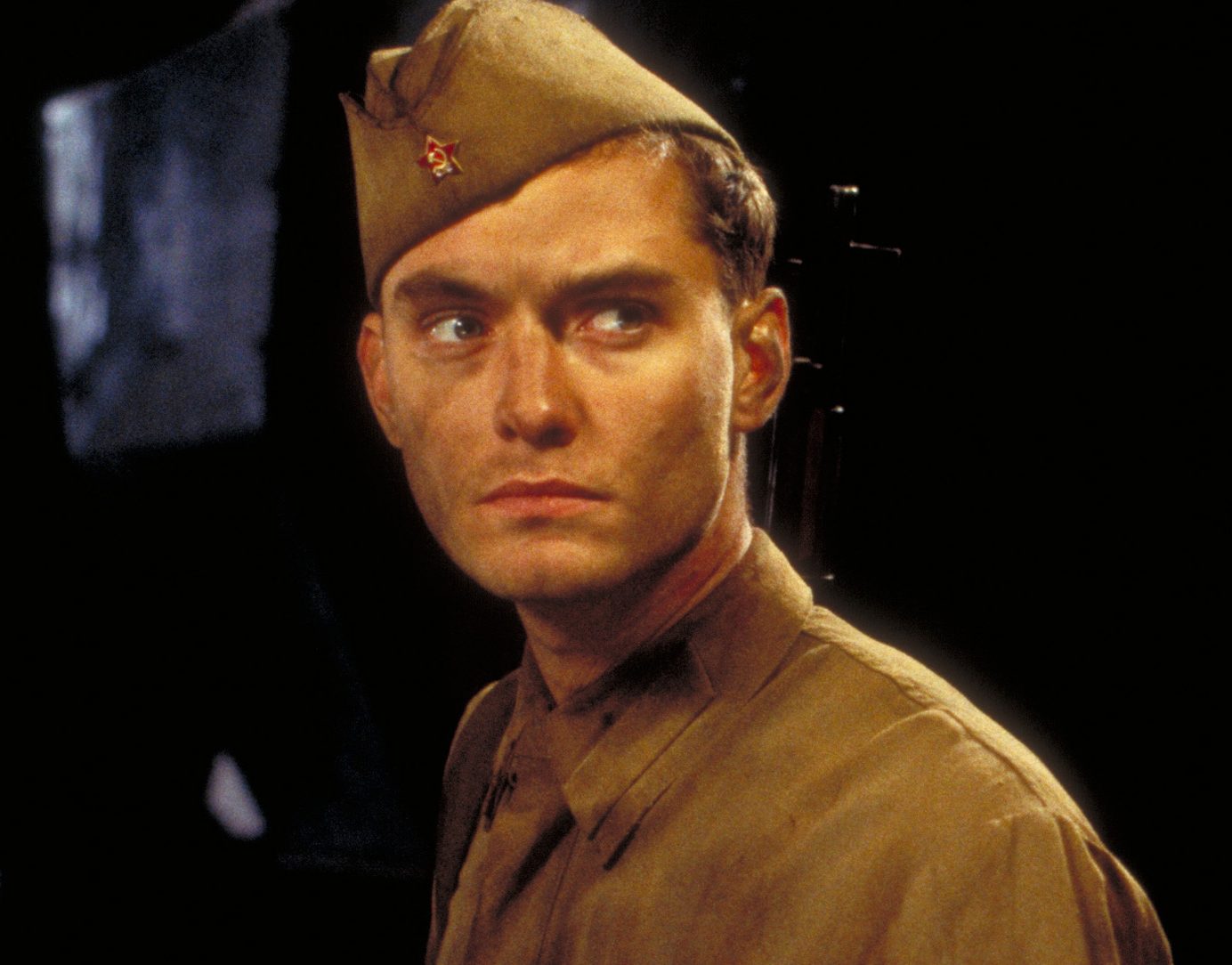
Rachel Weisz co-stars as Zaitsev’s love interest, another real-life figure Tania Chernova – but the film omits the fact that Chernova was also a highly decorated sniper herself.
[rtk_adunit_bottom]
The biggest embellishment of Enemy at the Gates is Ed Harris‘ Major Erwin König, Zaitsev’s arch-rival. No such person ever existed, nor did Zaitsev ever get into any enduring conflict with another sniper.
5. JFK

Released the same year as The Doors, director Oliver Stone once again tackled high profile historical events with JFK.
[rtk_adunit_top]
Casting Kevin Costner as New Orleans district Attorney Jim Garrison, the 1991 film explores the conspiracy theories surrounding the assassination of President John F. Kennedy.
Stone’s film gives credence to the notion that sniper Lee Harvey Oswald was a patsy, and that the killing had been orchestrated by the FBI, CIA and the Government themselves.
[rtk_adunit_middle]
The film was a big hit at the box office, and even helped inspire legislative changes in the US allowing official government records surrounding Kennedy’s assassination to be made public.
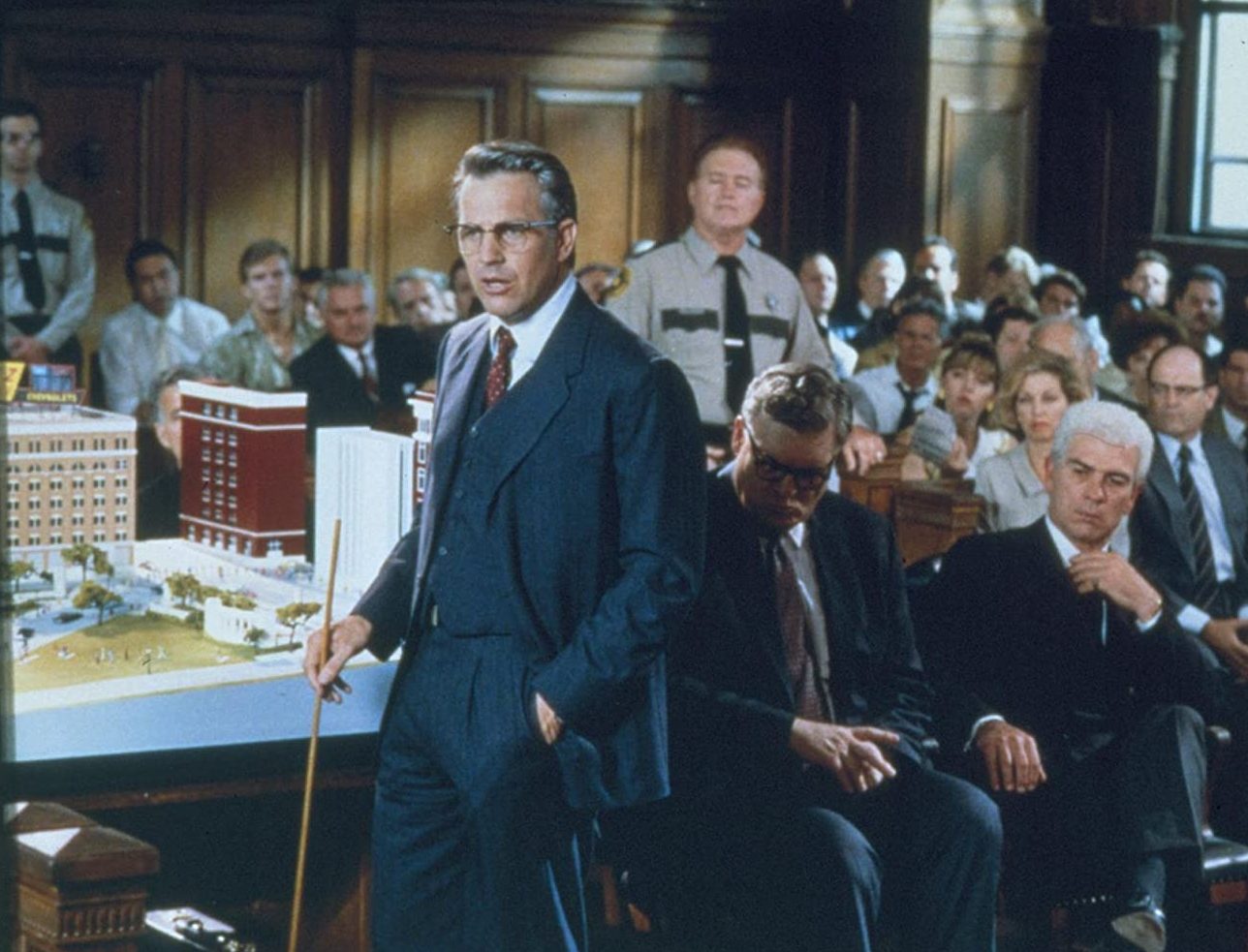
Even so, while JFK may have fuelled public demand for this legislation, the Assassination Records Review Board stressed that the film was “largely fictional.”
[rtk_adunit_bottom]
In the eyes of most historians, Jim Garrison’s claims about Kennedy’s assassination have largely been debunked.
4. The Strangers

Many viewers were left distinctly unsettled by the knowledge that 2008 shocker The Strangers was a story that actually happened.
[rtk_adunit_top]
Writer-director Brian Bertino’s film casts Liv Tyler and Scott Speedman as a couple whose remote vacation home comes under attack by threatening individuals in masks.
On release, The Strangers was promoted as being ‘inspired’ by true events – but the reality is not so straightforward.
[rtk_adunit_middle]
Filmmaker Bertino has said he was inspired in part by the infamous Manson Family murders, but also by stories of break-ins in his own neighbourhood.
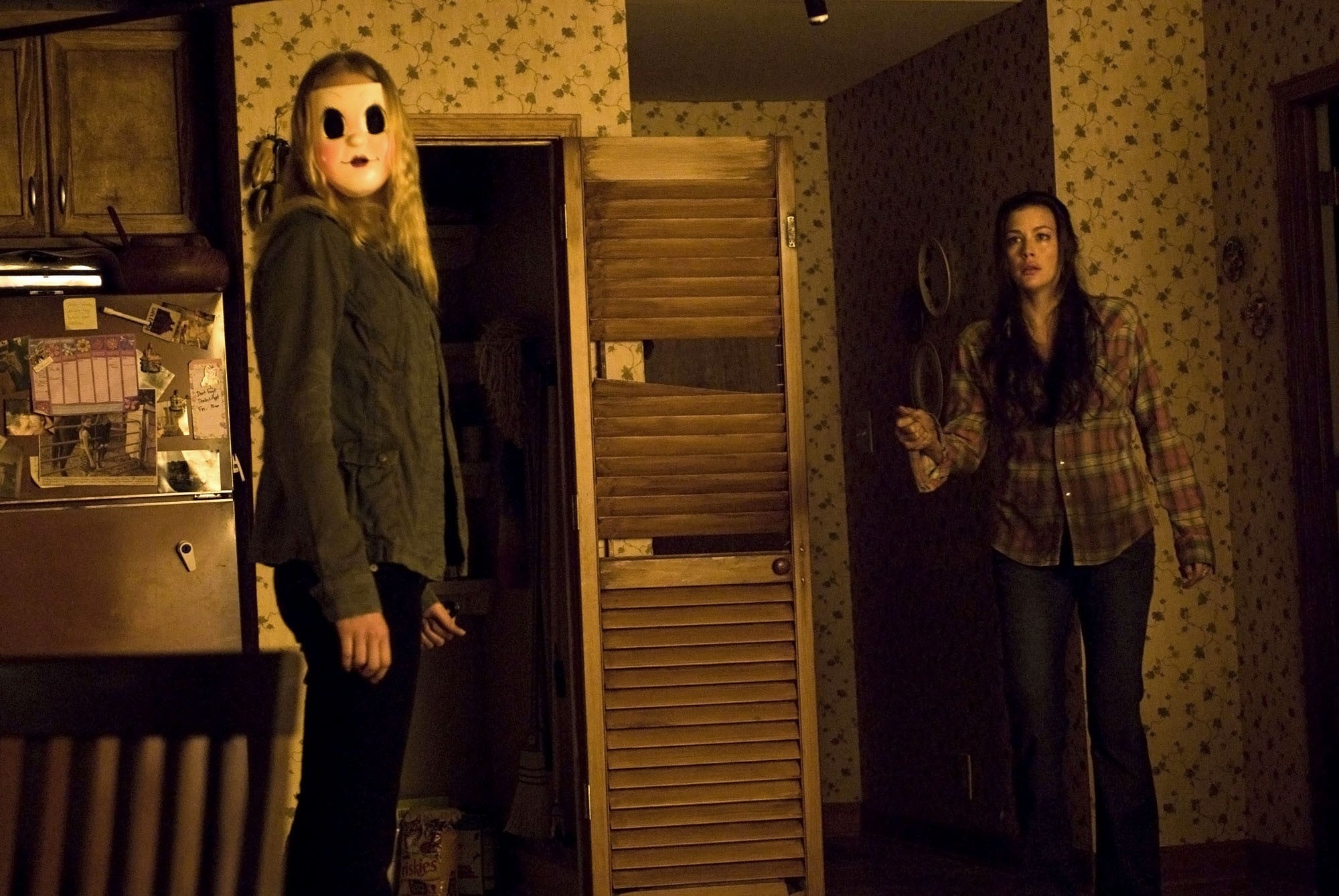
In other words, while events similar to those depicted in The Strangers may have happened, the film itself is not modelled on any one historical event.
[rtk_adunit_bottom]
As a result of this, many who saw the film and believed it to be directly based on a true story were left feeling misled.
3. Jimi: All is By My Side

2013 music biopic Jimi: All is By My Side cast André 3000 as legendary guitar hero Jimi Hendrix.
[rtk_adunit_top]
Many fans were wary of director John Ridley’s film immediately as it was made without the input or approval of the late musician’s estate.
In addition, surviving figures who knew Hendrix – including his girlfriend Kathy Etchingham, portrayed in the film by Hayley Atwell – were not consulted.
[rtk_adunit_middle]
Instead, Jimi: All is By My Side draws largely on a number of biographies, some of which were unauthorised and include disputed information.

The real Kathy Etchingham has blasted the film for a scene in which Atwell’s Kathy is beaten by Hendrix.
[rtk_adunit_bottom]
Etchingham says this is “completely made up,” and insists that Hendrix was “a gentle person.”
2. Lawrence of Arabia
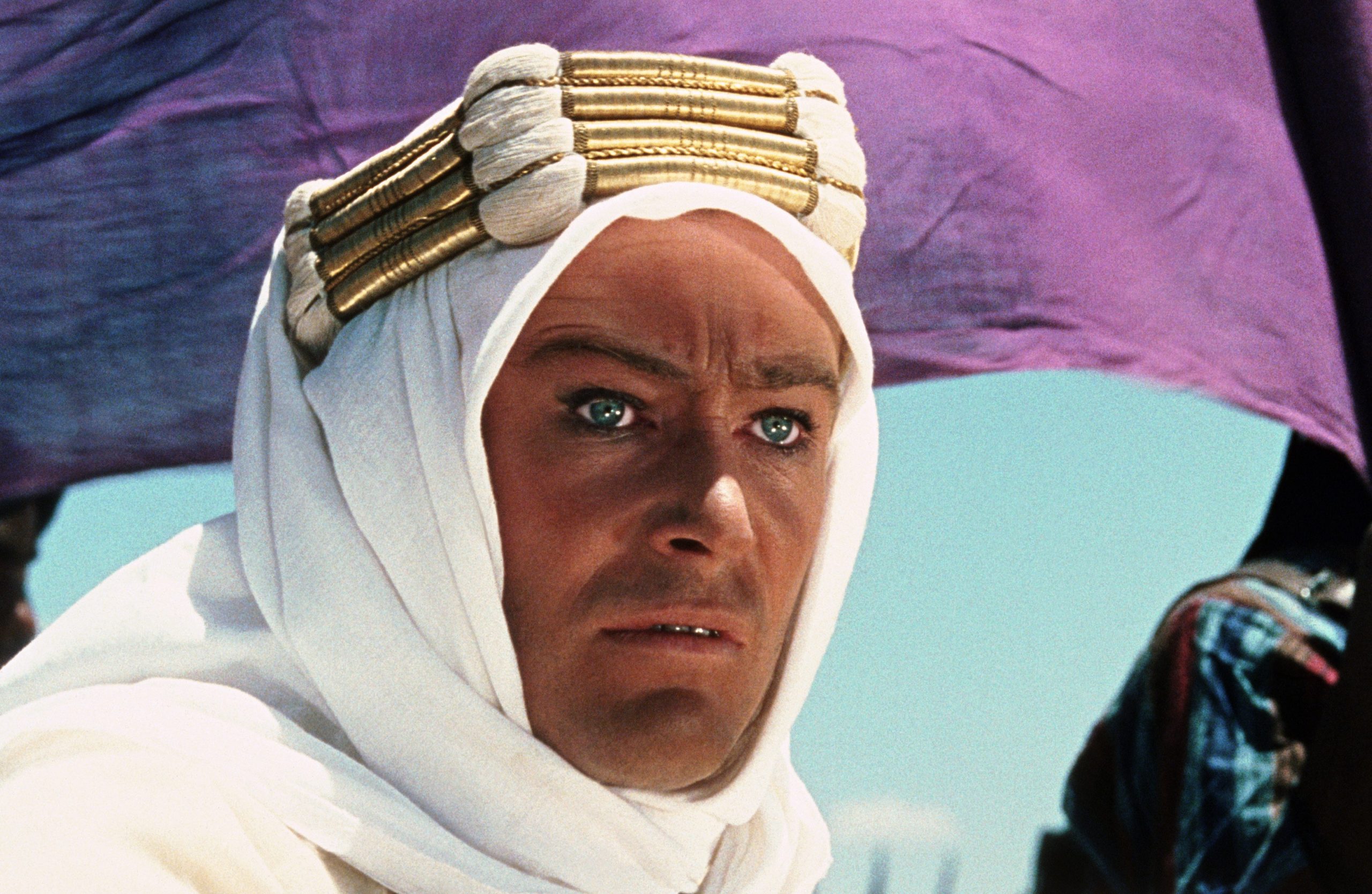
Director David Lean’s multi-Oscar winning 1962 epic historical drama is widely regarded one of the best films ever made.
[rtk_adunit_top]
Peter O’Toole gives one of his most highly regarded performances as the soldier, diplomat and archaeologist T.E. Lawrence.
There has long been some controversy among historians as to how accurately the film portrays Lawrence himself, and the historical events recounted.
[rtk_adunit_middle]
On top of being considerably taller than the real Lawrence, many have argued that the film’s portrayal of him as pompous is inaccurate, insisting that in reality he was a more retiring figure.
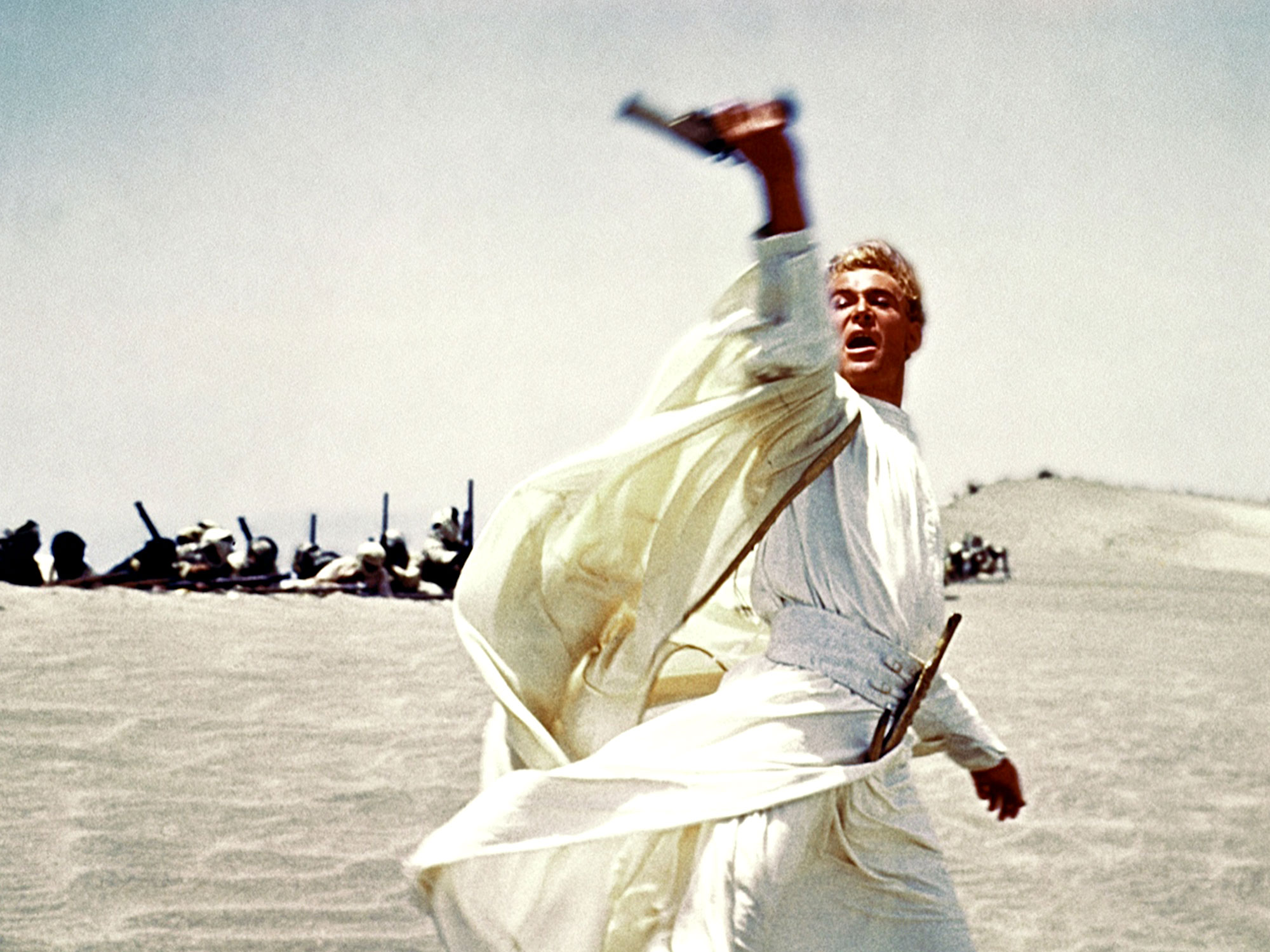
In addition, as tends to be the case in such fact-based films, many of the film’s supporting characters are almost entirely fictionalised, or composites of various real-life figures.
[rtk_adunit_bottom]
The portrayal of Arabs as savage has also long been controversial, not least for casting white actors in several prominent roles: many complained that Prince Faisal (Alec Guinness) was a far more educated and respectable figure than the tribal chieftain he is portrayed as.
1. The Blair Witch Project
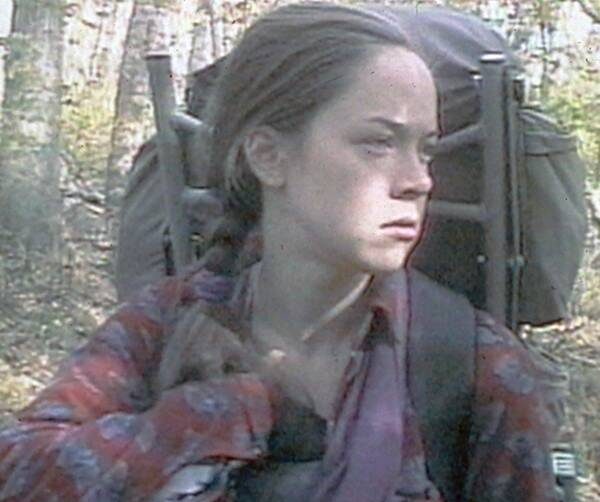
We’re fairly confident that today, more than 21 years after The Blair Witch Project was released, most people know it wasn’t for real. It was a different story, however, when the film from directors Daniel Myrick and Eduardo Sanchez was first shown.
[rtk_adunit_top]
Famously, The Blair Witch Project opens with a title card informing us, “in October of 1994, three student filmmakers disappeared in the woods near Burkittsville, Maryland while shooting a documentary. A year later their footage was found.”
When the film premiered at the Sundance Film Festival in January 1999, almost everyone in the audience thought this was true, and had no idea the film featured actors playing out staged events.
[rtk_adunit_middle]
This level of verisimilitude was enhanced by the film’s promotional website, which detailed a rich backstory to the events shown in the film, and the mythology of the Blair Witch – all of which was entirely the invention of the filmmakers.

Even when the movie went on general release and became a massive box office hit, not everyone realised that it was all make-believe. This was a big part of why The Blair Witch Project was quickly declared one of the most terrifying movies ever made.
[rtk_adunit_end]

